Sidney Crosby: It’s O.K. to doubt me; sometimes I even doubt myself

I can’t say there weren’t some doubts starting to creep in.
When you’re in your late 20s with 10 NHL seasons on your legs, and suddenly you’re not scoring and your team isn’t winning, the little voice inside your head can tell you things you don’t want to hear. That was the voice that started talking to me in December.
And my lack of production on the ice made it feel like the voice had a point.
Almost a quarter of the way through the 2015–16 season, I only had a handful of points and wherever I was on the list of NHL scoring leaders, it wasn’t high. I wasn’t playing up to my expectations, but even worse, my failures meant that the team wasn’t winning. Nothing we did seemed to work. Offensively we struggled and with each frustrating loss, we fell further and further behind the competition.
Forget being in the conversation as Stanley Cup favorites, we weren’t even in position to qualify for the postseason. As it turned out, I wasn’t the only one with doubts, either.
After each and every practice and game, reporters were there to remind me that things weren’t going well. “Why aren’t you scoring?” . . . “Why can’t the offense get going?” . . . “Why is a team with so much talent struggling to win?”
Sure, those kinds of questions always come during a scoring drought, but last year’s drought — that was something different. It lasted for three full months, practically the entire regular season.
And I didn’t have any answers. At least not good answers.
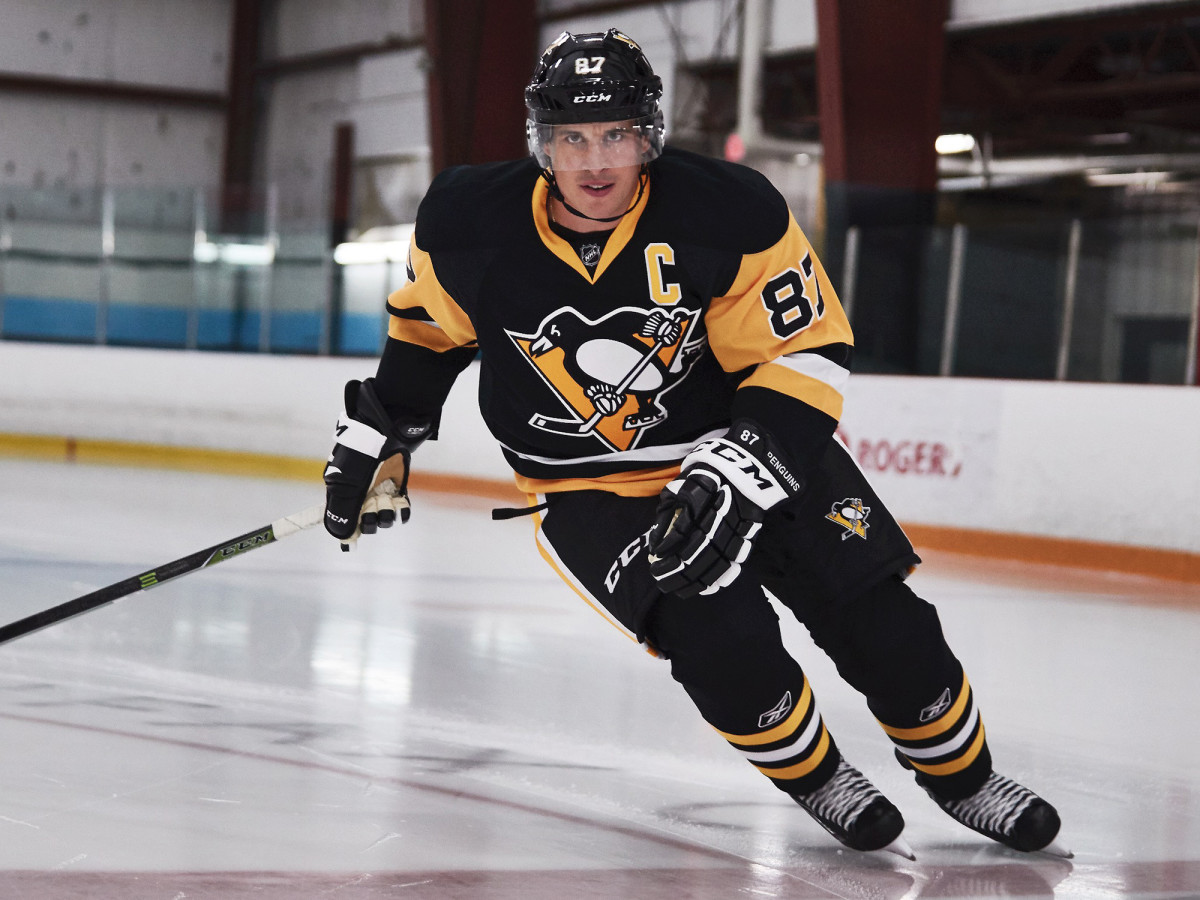
Truthfully, I have never been one to seek out what is being written and said in the media — good or bad. I’m pretty motivated as it is without needing extra fuel for the fire. The most diehard fan or angry columnist doesn’t expect more out of me than I do of myself. No matter how much pressure anyone else heaps upon me, I still put more pressure on myself.
Maybe it’s cliché to say that, but for me, it also happens to be true. Winning and wanting to be the best while still enjoying the game have always been the biggest motivating factors for me.
That’s why when the media repeats the same questions — particularly when the team isn’t winning consistently — you already know that whatever is being said out there, it isn’t good. You can feel the atmosphere in the arena and see the look in people’s eyes. It’s hard not to hold the stick a little bit tighter. It’s hard not to want to fix it all with one big game. It’s hard not to over-think and over-work and try to make perfect plays instead of just playing.
Still, despite my awareness of the noise, I knew the game hadn’t passed me by. Deep down inside, athletes know what they are capable of, and we know what we need to do in order to meet and exceed our own expectations. And sure, I know there are ups and downs in a season, but that didn’t mean that I didn’t have to look in the mirror and answer some hard questions about my game — if only to evaluate where I was and truly understand what I needed to improve on. Honest self-evaluation comes with the territory — no matter how well or poorly you’re playing at any given moment.
Just playing. That’s what ultimately helped me break out of the funk I was in. Going out onto the ice and playing instinctively.
The Crosby Conundrum: Entering middle age, who is Sid the Kid?
Not that fixing things came overnight. It’s not that easy. You can’t just flip a switch and resurrect your best self. There were things I wanted to adjust about my own game, but it would’ve been overwhelming to take it all on immediately. Instead, my focus was to simplify things and just try to improve incrementally, piece by piece. When the little things got ironed out, the bigger stuff simply fell into place.
Eventually, the hundreds of hours we put in as a team at practice as a team paid dividends. By dedicating ourselves to preparation and development before games, we were able to play instinctively in games, confident — certain, actually — that our hard work would pay off.
Over time, we slowly developed an identity as a team based on how we wanted to play. Undeniably, that happened a lot slower than everyone wanted it to happen. As a result, a coaching change was made (which is difficult as a player to have rest on your shoulders), but the wins finally started to come.
Predictably, the scoring numbers people normally expected from me arrived in tandem with the team playing better as a whole. When you think about scoring and producing in hockey, you want chances. It’s not points so much as chances. Chances give you confidence. No hockey player can really control what his or her point total is from night to night. That’s not how the game works. What I try to do is just generate chances. I knew if I could do that, everything else would follow.
It’s simple math, really: The more scoring opportunities you create, the more of them will find the back of the net. Eventually.
As we collectively fixed all the little things in our games, the chances increased and our point totals increased along with them. The fast-paced style we wanted to execute eventually became ingrained. That became our identity. It was natural. It became Penguins hockey and the memories of those early season struggles vanished as if they had never existed.
Winning the Stanley Cup was amazing (obviously), but it was made all the more sweet on account of how we started the season. We were an afterthought, a punchline — and then we weren’t.
If I am being honest, winning it all for the second time was partly a relief, too. Making it to the Finals, taking that incredible journey together, you want to come out on top. It wasn’t just about overcoming the struggles of last season, but also what happened between the two cups, falling short in other years when expectations were high and my injuries prevented me from being on the ice. Everything we had been through made this one so incredibly special.
After the series ended, after the playoff beard got shaved off — a playoff beard that was disappointingly not much better than the one I “grew” in 2009 — I took a month off. Relaxed. Went home to Nova Scotia and got my two days with the Stanley Cup, including taking it to my hockey school so the kids could see it and touch it.
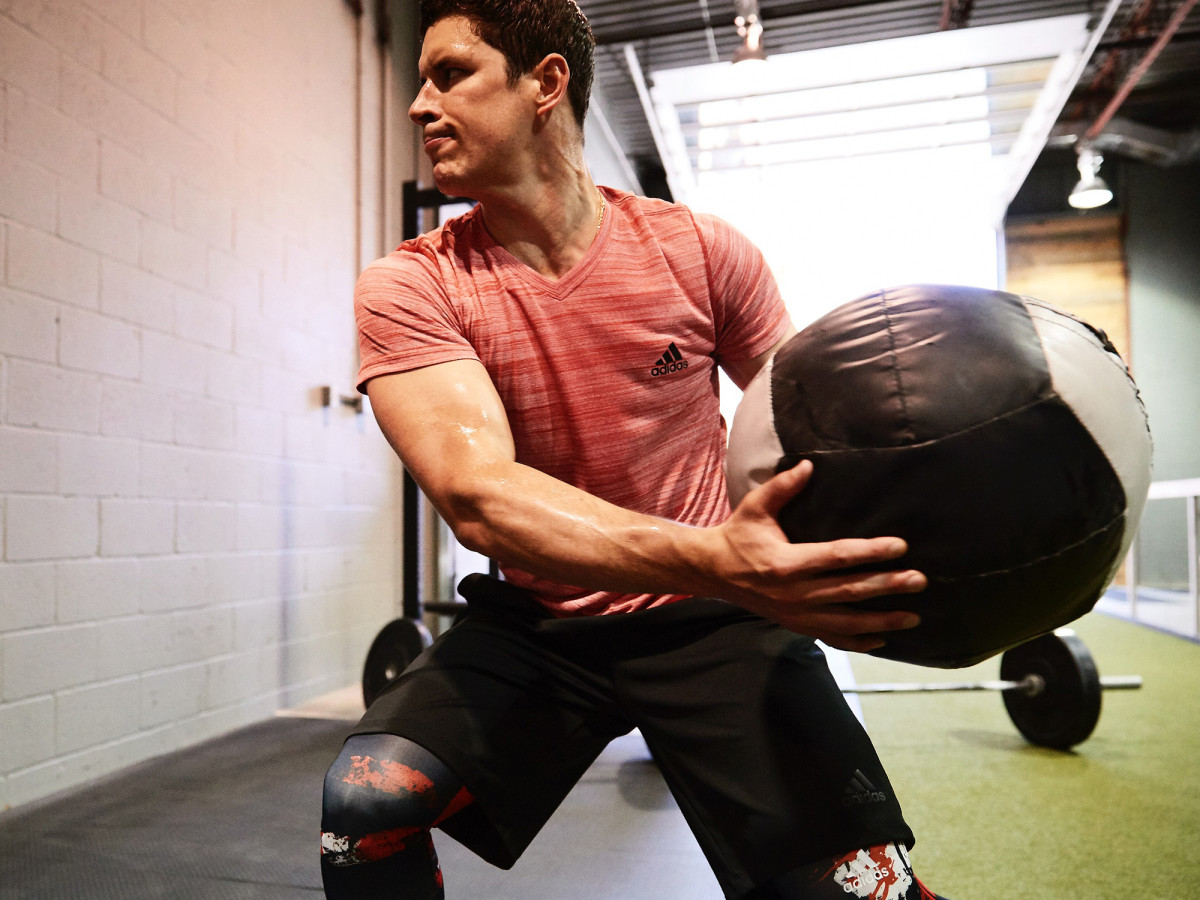
And then it was back to work. The start of my off-season training program began in mid-July, coinciding with a photo shoot I did for adidas’s new line of workout attire at the old Forum in Halifax. New season, new training gear. The page is turned.
I won’t rest on my laurels. I just can’t. Winning is special. If last season taught me anything, it was how thin the line is between being “washed up” and lifting the Stanley Cup. I don’t want to struggle like that again. That October to December stretch was awful; the lowest point of my career outside of injury. I’ll put in any amount of work I have to so I don’t have to go through that again.
As if outrunning the downside of my career wasn’t motivation enough, the new guys coming into the league will surely have my attention, too. These are the young and hungry guys. The guys that want to be where you are. They’re fast. They’re strong. And with all the young talent throughout the league, it just makes you want to get better yourself. That’s such a fun (and underrated) part of the game to me. I love having to adjust and adapt my game year-to-year to find ways to be my best.
Ranking each NHL team’s No. 1 center
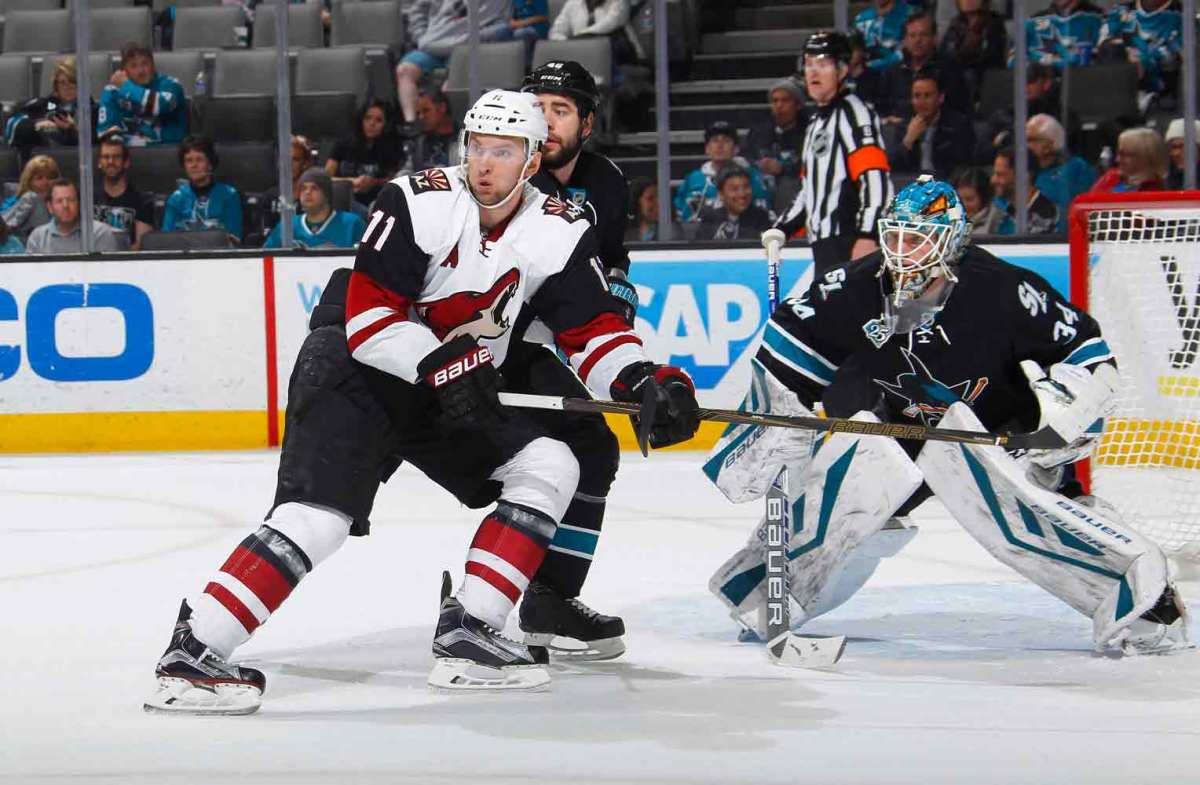
30. Martin Hanzal, Coyotes: He's coming off a season in which he set new career highs in assists (28) and points (41), two totals that show how ill-suited Hanzal is for the top job. Fortunately for the Yotes, he won't be there long. Top prospect Dylan Strome is being groomed for the job and Hanzal, a free agent at the end of the 2016-17 season, is likely to be dealt by the deadline.
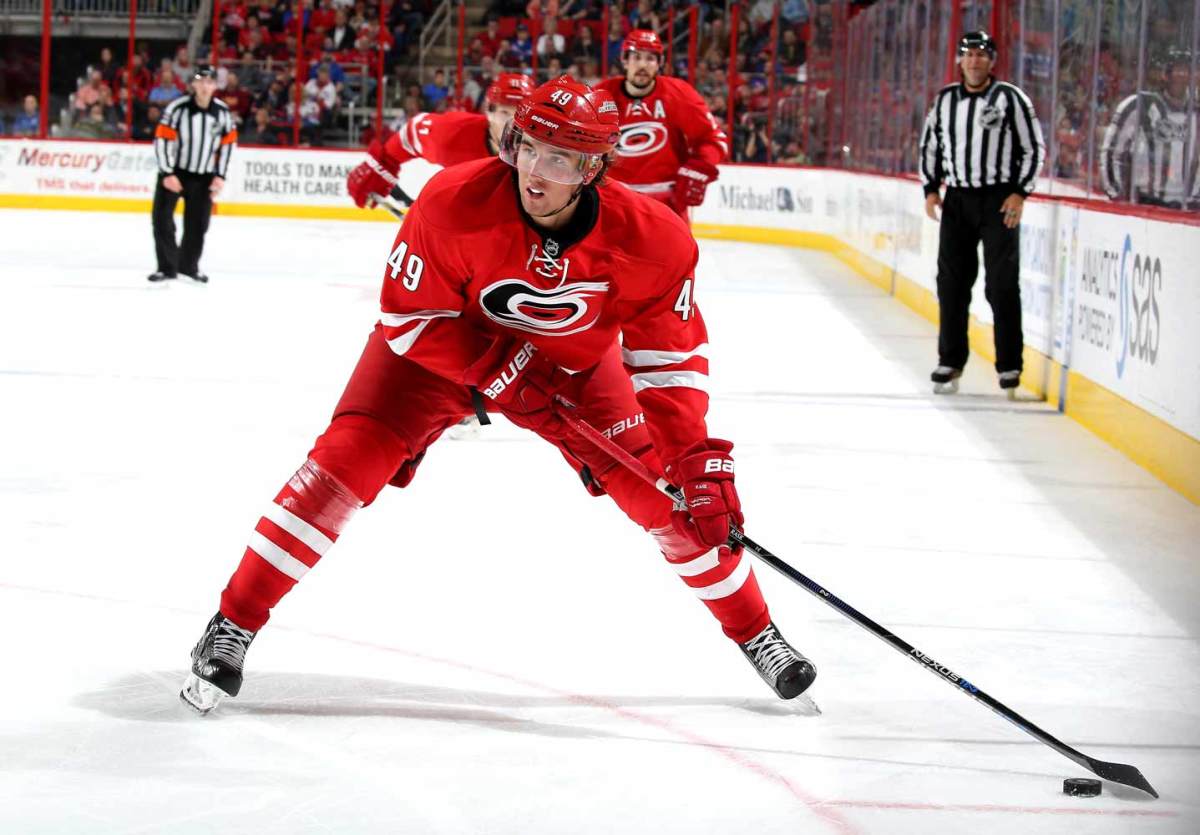
29. Victor Rask, Hurricanes: Another player who is a No. 1 in name only. Rask, second on the team last season with 21 goals and 48 points, is better suited for a supporting role, but until GM Ron Francis trades some of his surplus defenders for an elite pivot, Rask is the best option they've got.
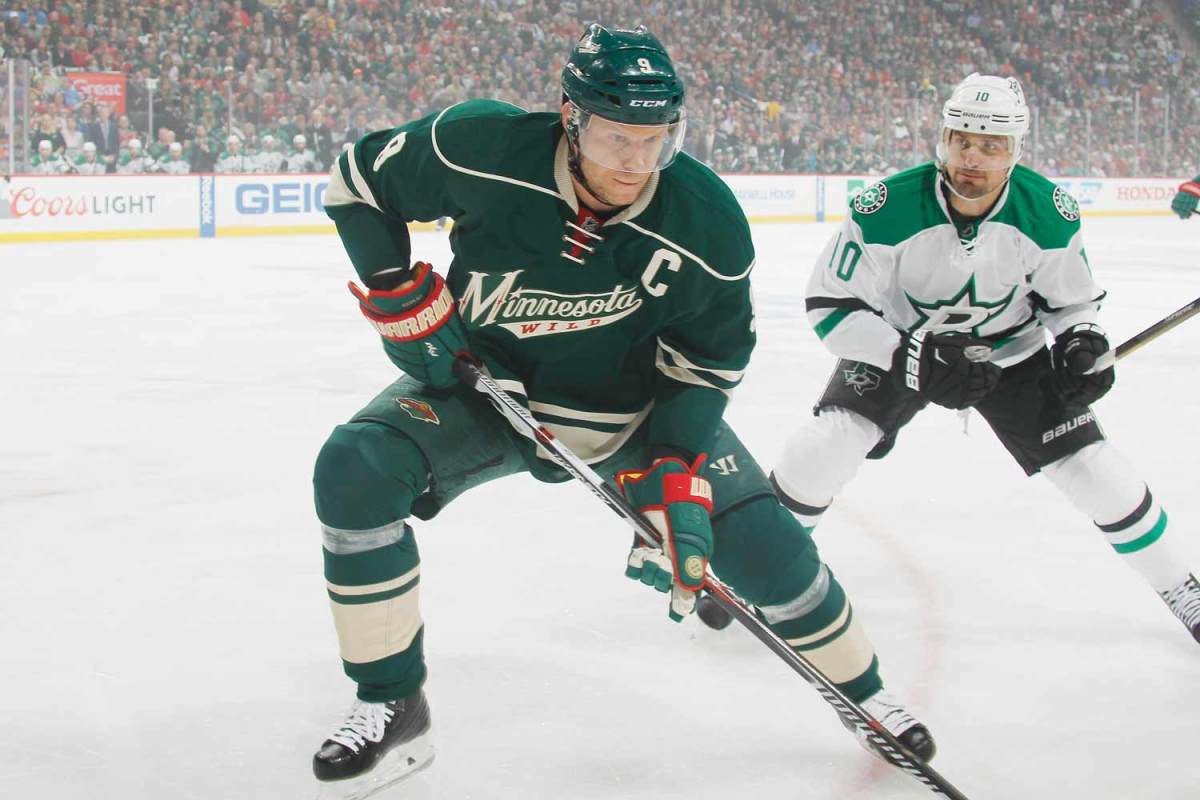
28. Mikko Koivu, Wild: The 34-year-old vet is coming to the end of the line, but even at his best he was never a true, top-flight center. His defensive game, always his strong suit, is waning—that –9 penalty differential hints at how often he was caught out of position.
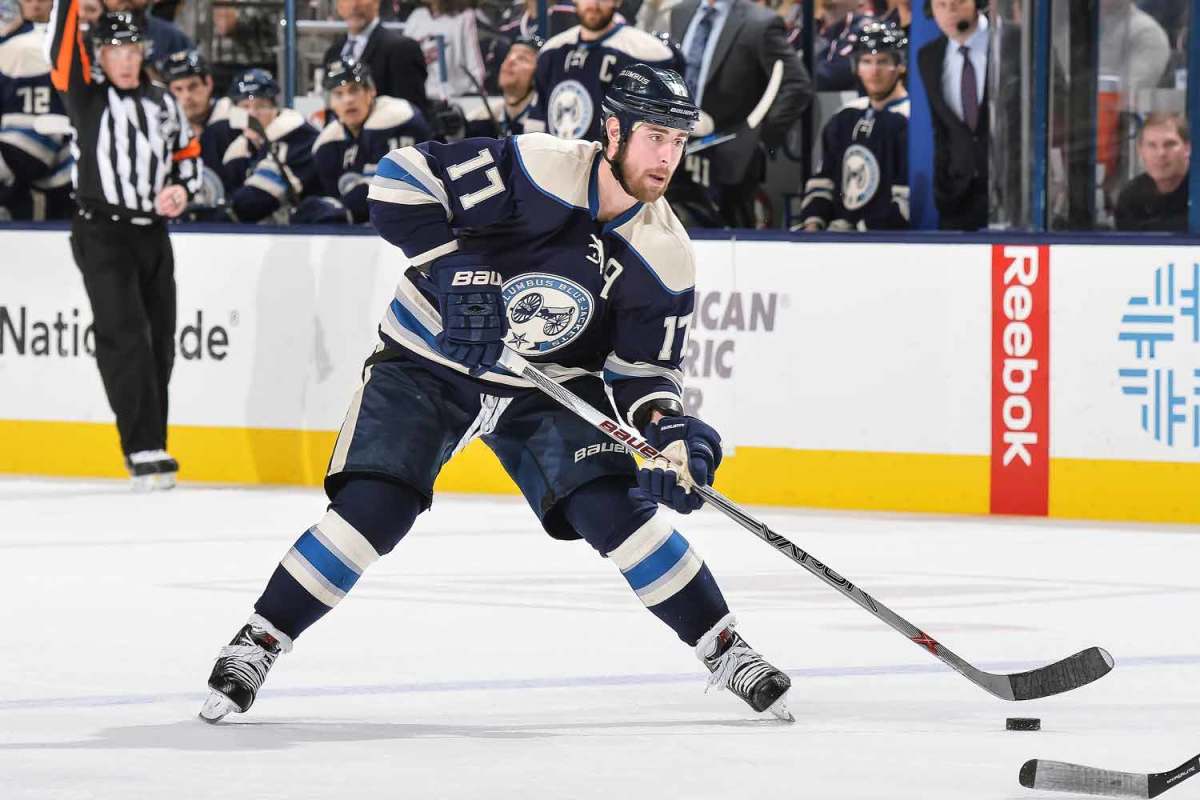
27. Brandon Dubinsky, Blue Jackets: The grim reality of penciling Dubinsky's name into the lineup as the starting center explains why the Jackets were so desperate to reach for Pierre-Luc Dubois with the third pick in the draft last June. Dubinsky scored just 48 points last season, ranking 46th among all centers.
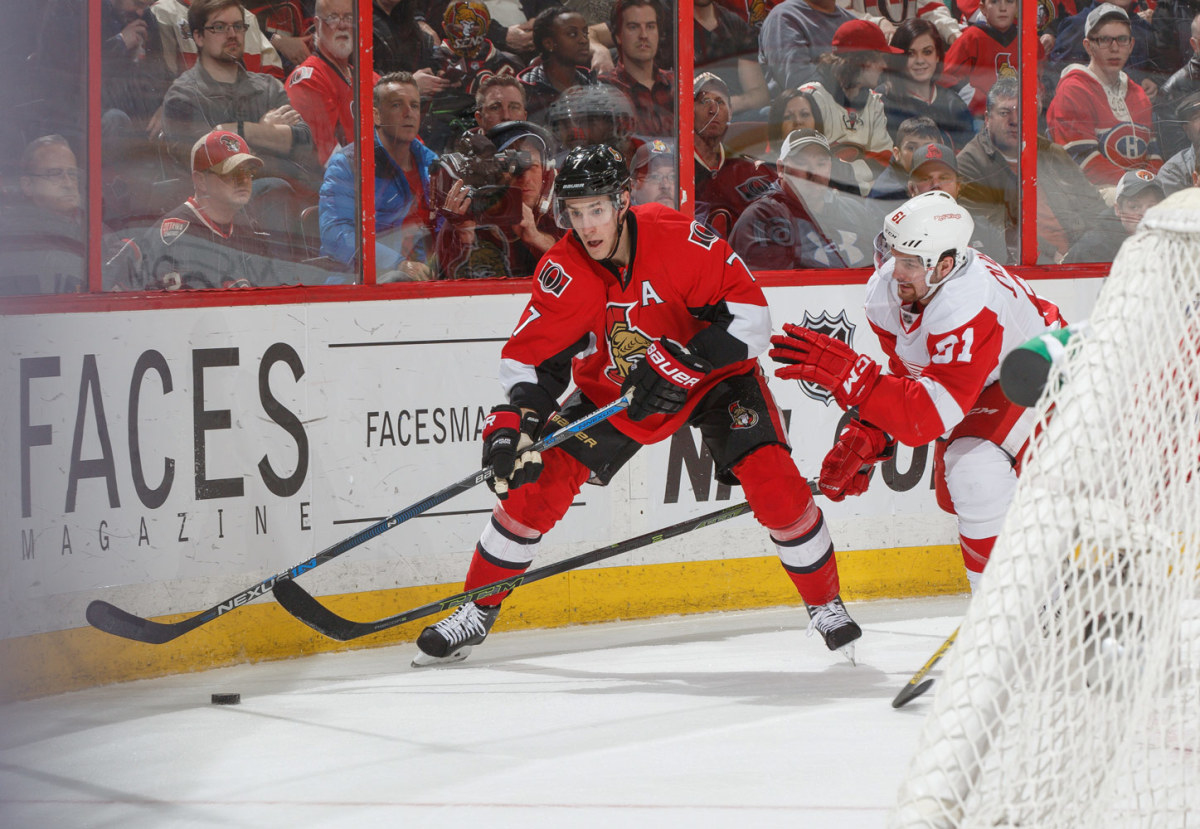
26. Kyle Turris, Senators: He got off to a nice start last season, scoring 22 points in his first 25 games, but injuries and inconsistency scuttled his ranking. He scored just two goals during his final 35 games and just two assists in his final 21. We think he can be better, but he has to show us something this season.
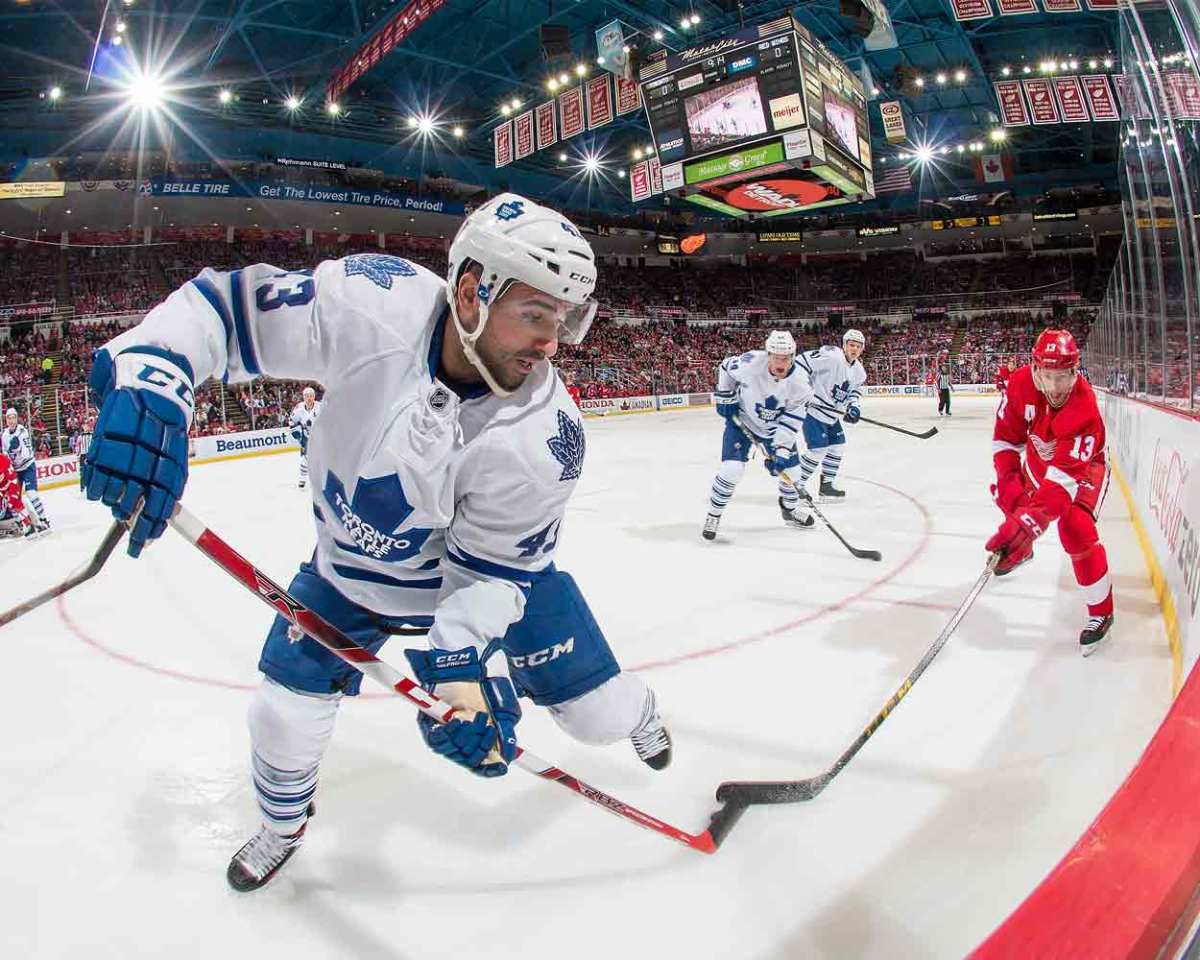
25. Nazem Kadri, Maple Leafs: Kadri finished last season with just 45 points, the fewest by a Leafs leading scorer since 1957. That's not all on him—he was saddled with Michael Grabner and Leo Komarov most of the season—but he's better suited for the chorus line than a starring role. Fortunately for the Leafs, Auston Matthews is on the way.
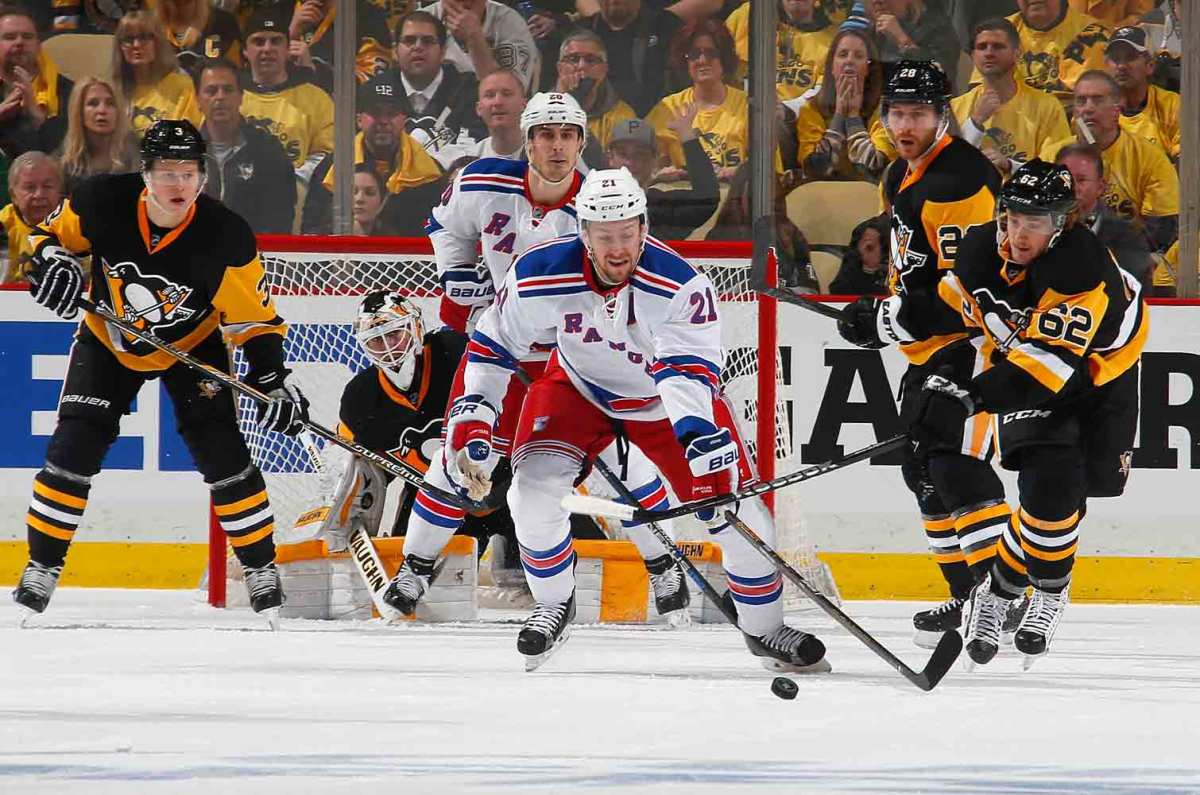
24. Derek Stepan, Rangers: With Derick Brassard off to Ottawa, Stepan will get the chance to go from a 1A to the top job. He's coming off a career-high 22 goals, but it's hard to get worked up about the potential of a player who has yet to top 60 points in a season and whose career face-off percentage is below 45%.
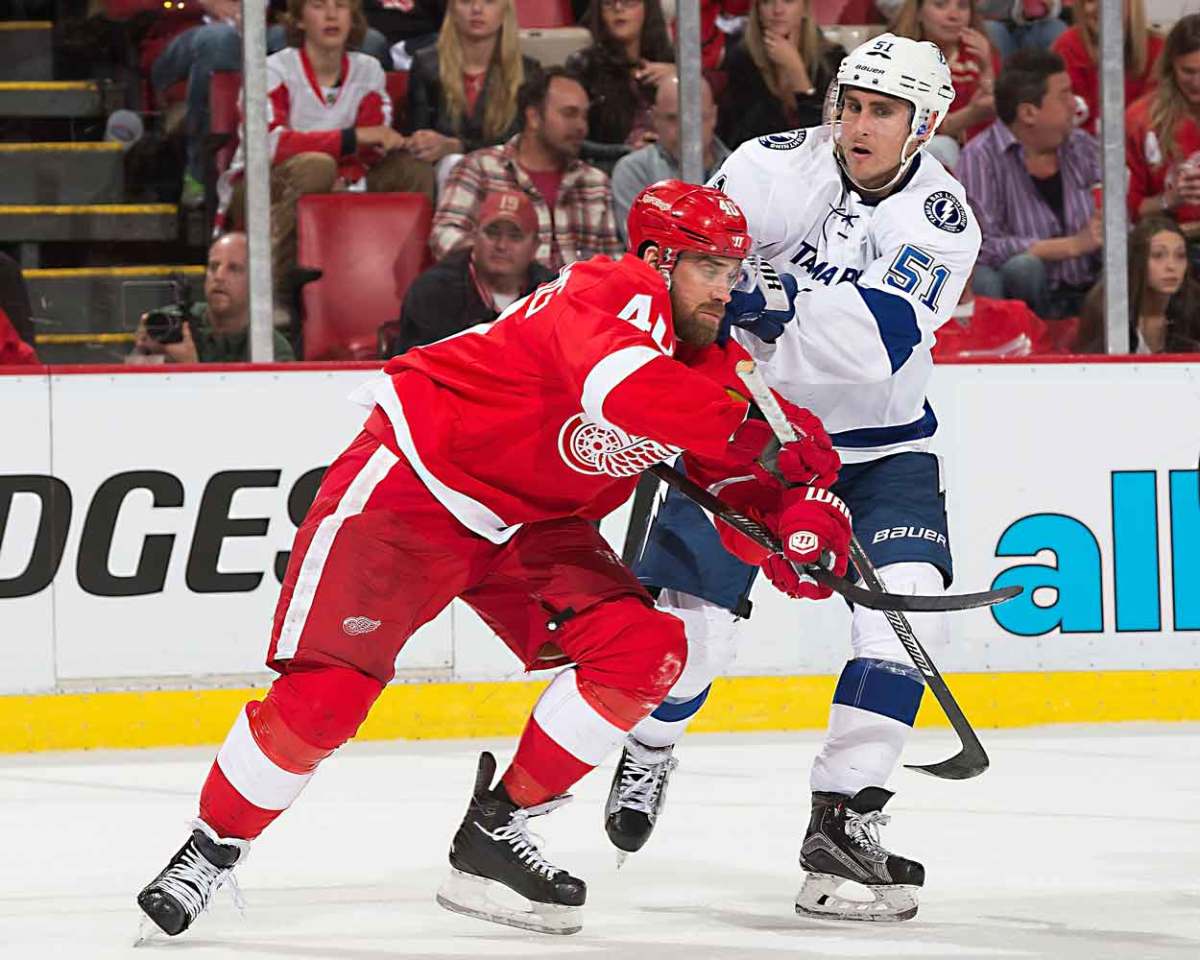
23. Henrik Zetterberg, Red Wings: He's had a great career, but Zetterberg is coming to the end of the line. His 13 goals were a career-low for a full season and his –15 was a career-worst—the second straight season the long-time defensive stalwart finished as a minus player. Ideally, Dylan Larkin takes over in the middle, allowing Zetterberg to slide to the wing, but until that happens, the Wings are at a real disadvantage.
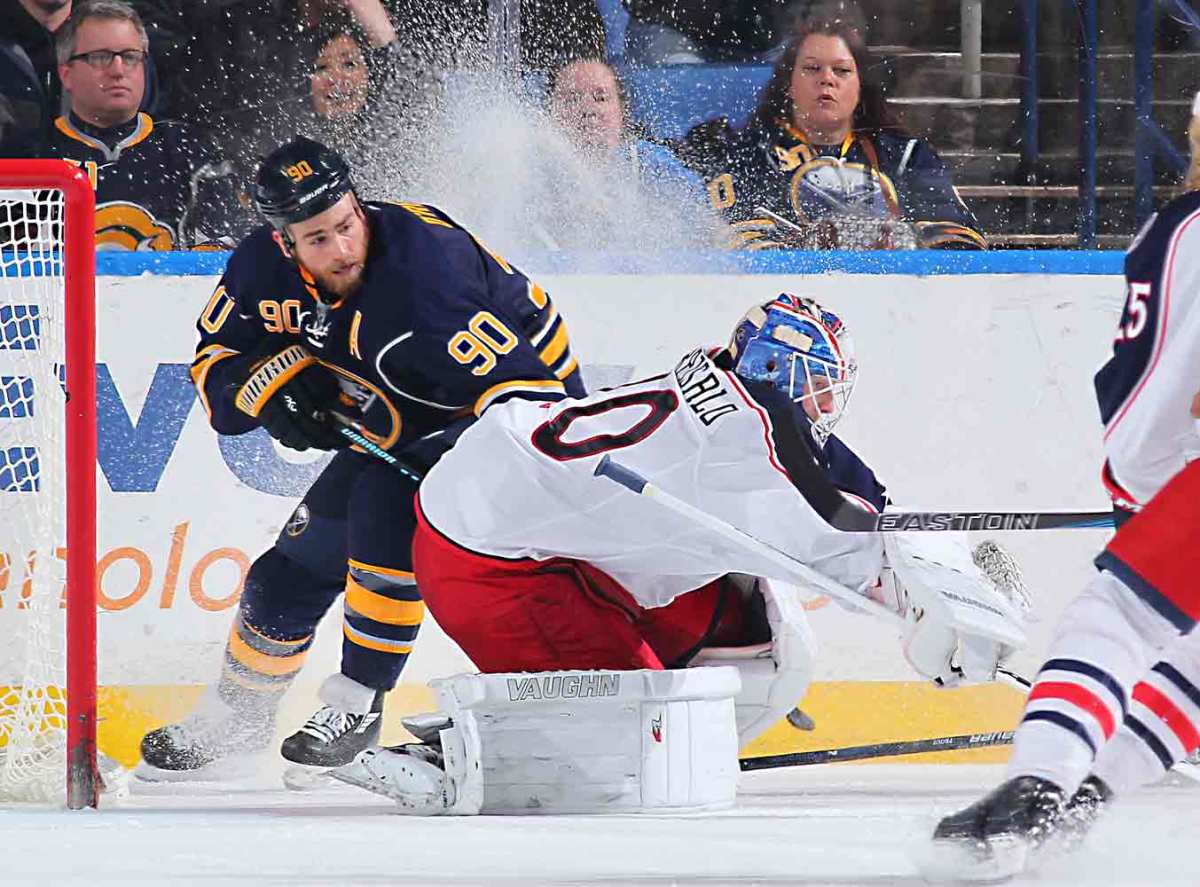
22. Ryan O'Reilly, Sabres: There's lots to love about O'Reilly's game. He plays a ton of minutes in every situation and he took 1,790 face-offs, good for fourth in the league. But his offensive game isn't ideally suited for the No. 1 job, as evidenced by his 24-game goalless slump. He'll be a dynamite No. 2 when Jack Eichel graduates to the No. 1 slot.
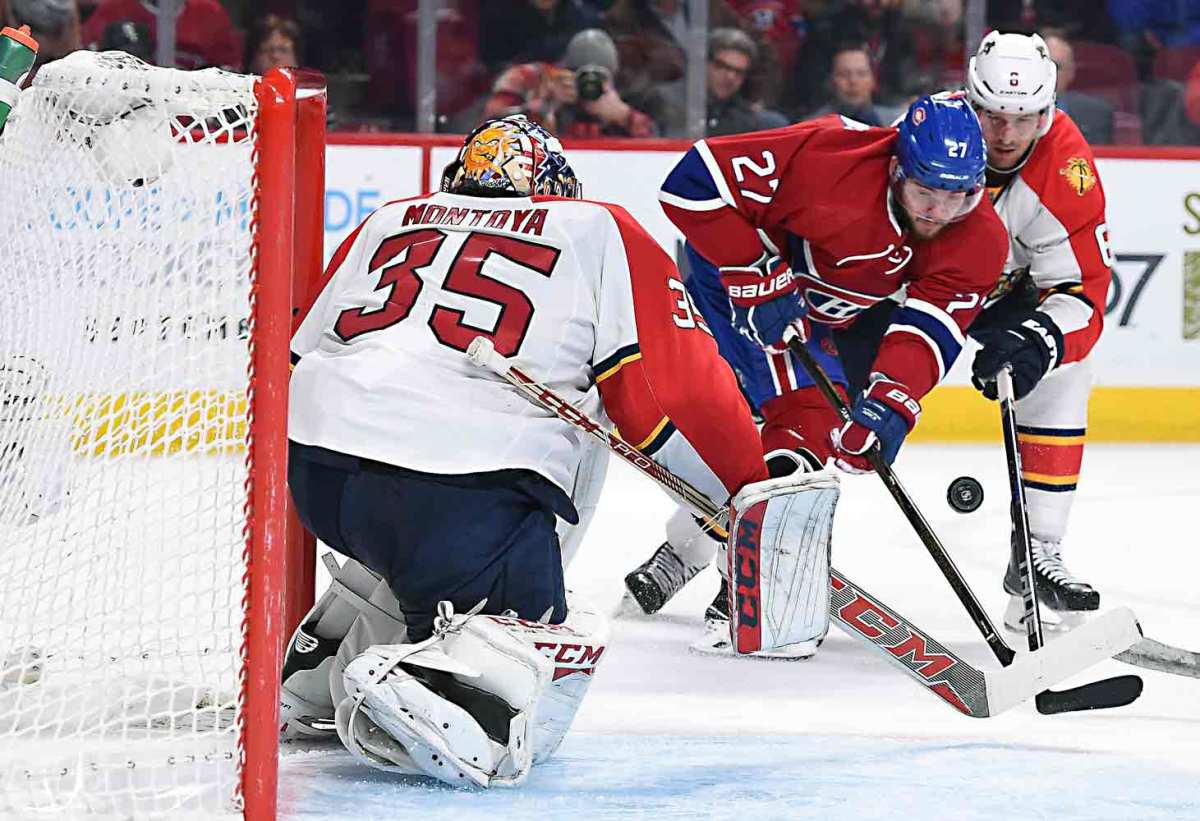
21. Alex Galchenyuk, Canadiens: He's still learning the position, but his upside is off the charts. Galchenyuk is a dynamic offensive force, scoring 30 goals and breathing new life into his linemates. But he's a mess in the face-off circle and still has to figure out how to play without the puck.
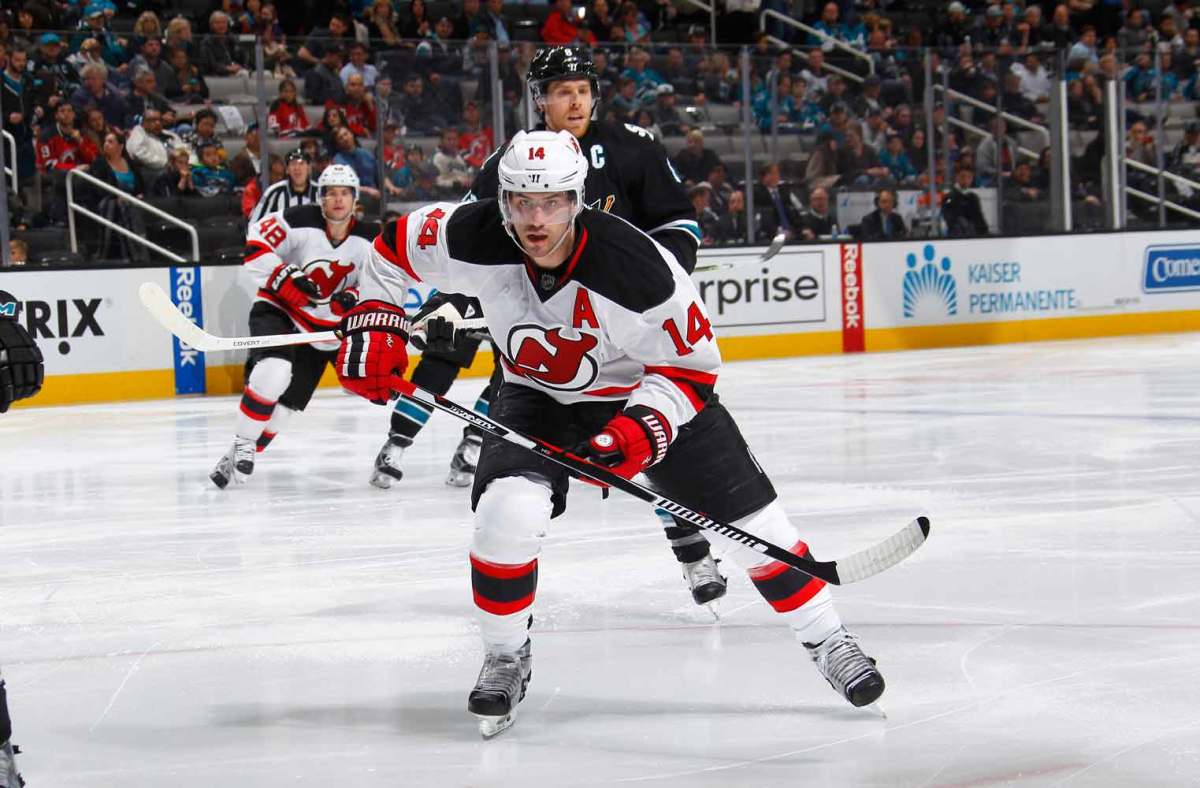
20. Adam Henrique, Devils: He scored a career-high 30 goals last season, tied for ninth among all pivots, and played a solid two-way game, but he still struggles in the circles. Henrique won just 44.7% of his draws, putting his team at a possession disadvantage too often.
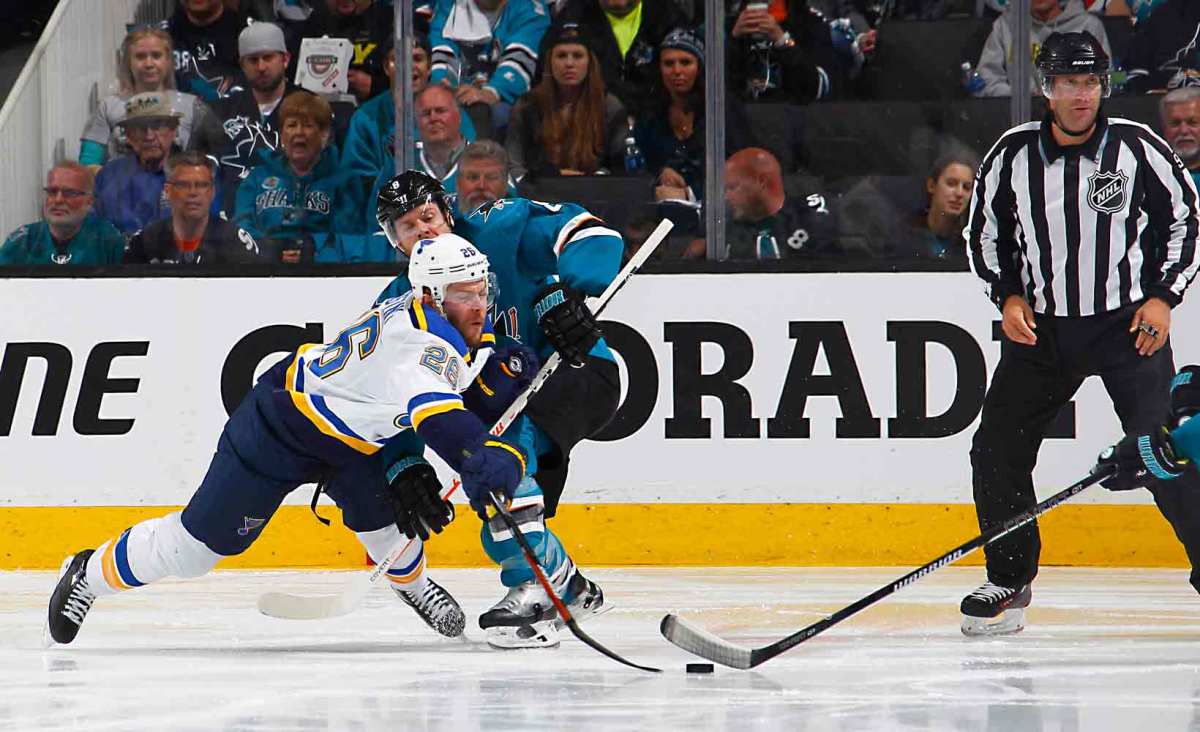
19. Paul Stastny, Blues: He’s certainly being paid like a No. 1, but Stastny isn’t a classic fit for the role. He plays an excellent two-way game but is inconsistent as he moves up and down the lineup. He’s not an elite scorer but can spark the offense with his playmaking. If anyone was a better fit for the role in St. Louis, Stastny would be more comfortable as a support player, but he’ll do whatever’s asked of him.
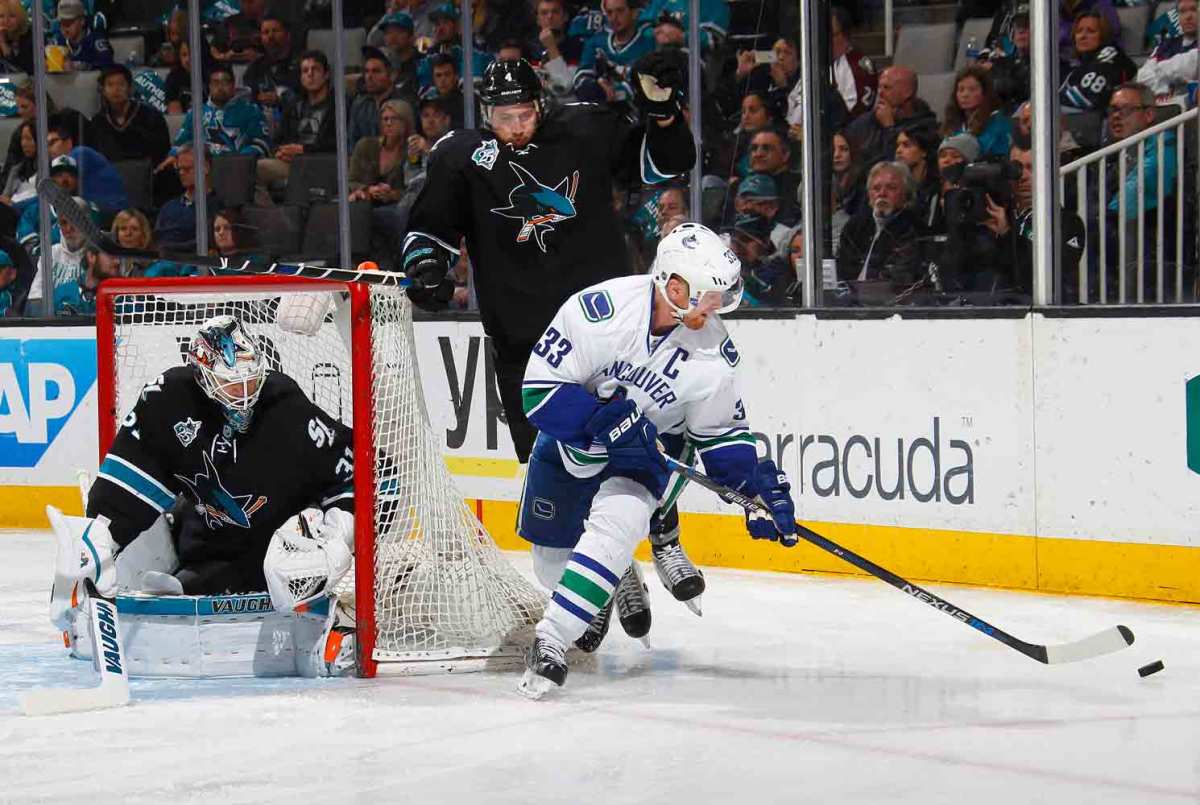
18. Henrik Sedin, Canucks: Age catches up to everyone. Hank is coming off a tough year, both in terms of production (just 11 goals and 55 points) and possession, and while he could rebound slightly in 2016–17, he’s simply not the elite player he was just a few years ago.
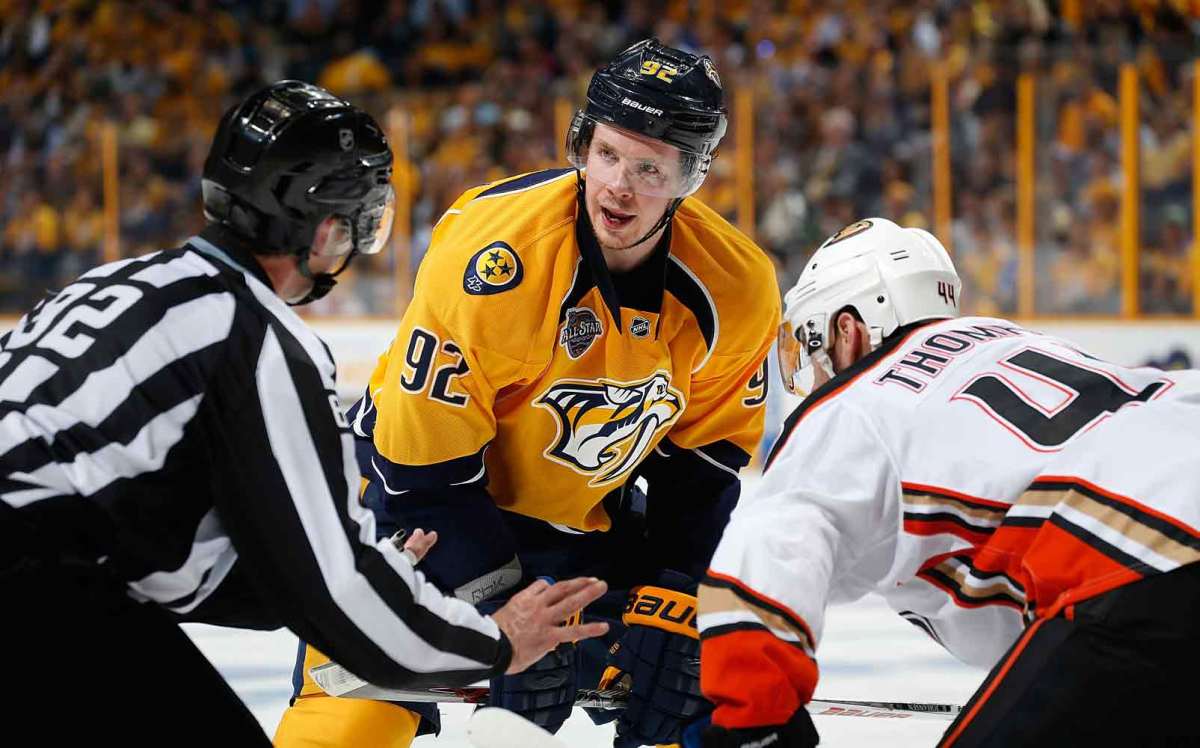
17. Ryan Johansen, Predators: He did a good job adjusting to a new system after his midseason trade to the Preds, and the potential is clearly there for Johansen to be a solid, if not quite elite, No. 1. But there’s still a lack of intensity in his game that can be frustrating. If he was racking up points like Jumbo Joe, you might overlook it, but since he’s not, Johansen leaves you wanting more.
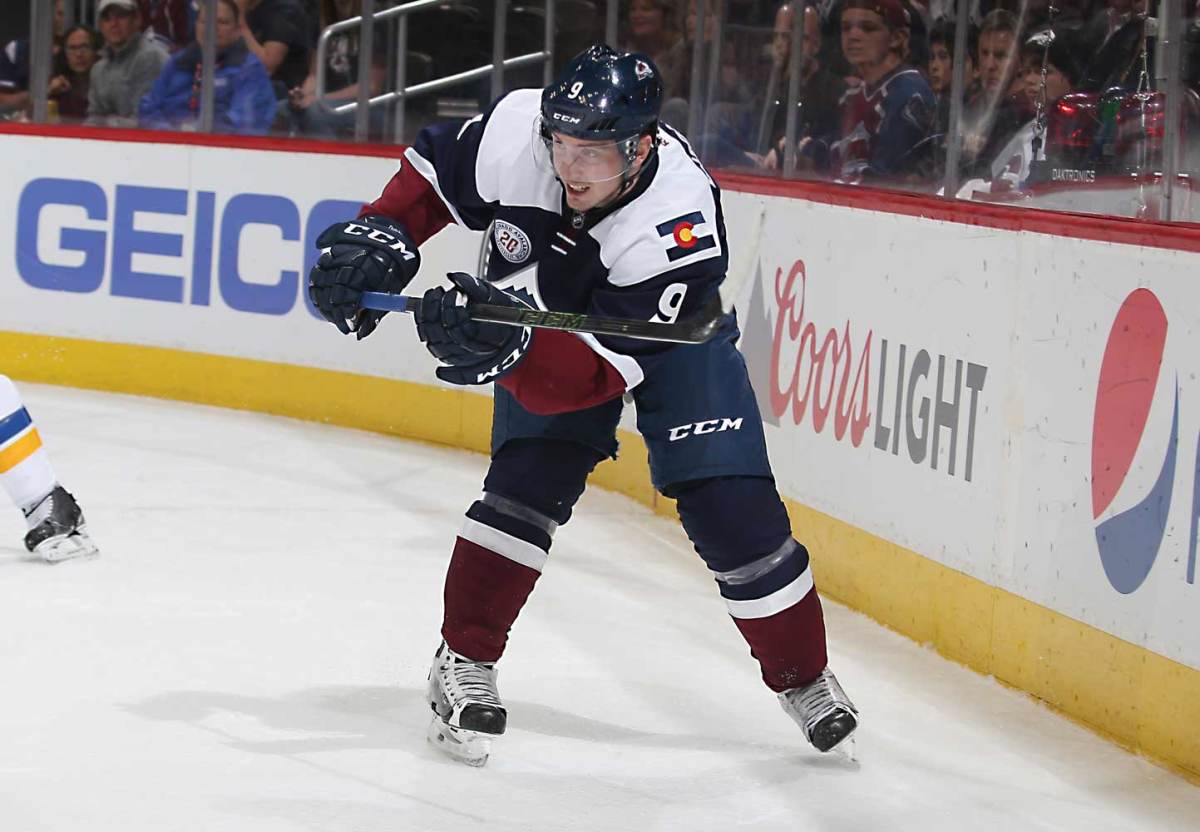
16. Matt Duchene, Avalanche: He got off to a terrible start last season but finished strong, scoring 30 goals for the first time in his career and being named as the Avalanche’s lone All-Star representative. Duchene showed the ability at times to take over a game with his speed and creativity. It’ll be interesting to see if he can do that more often now that he’s free of Patrick Roy’s system.
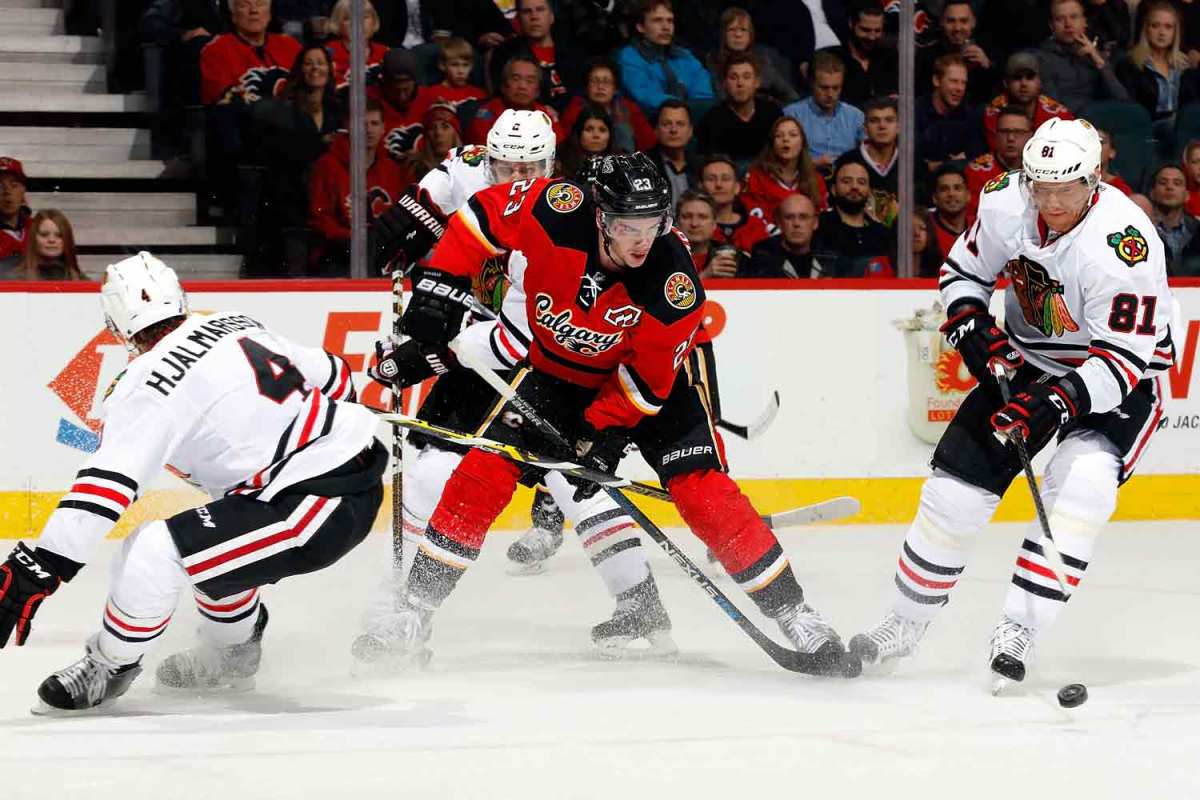
15. Sean Monahan, Flames: It’s not easy being part of a two-man offense, but Monahan rises to the occasion. He scored 27 goals and 63 points last season and showed improvement in almost every aspect of play. He may never be an elite No. 1, but he’s fast developing into a quality two-way center.
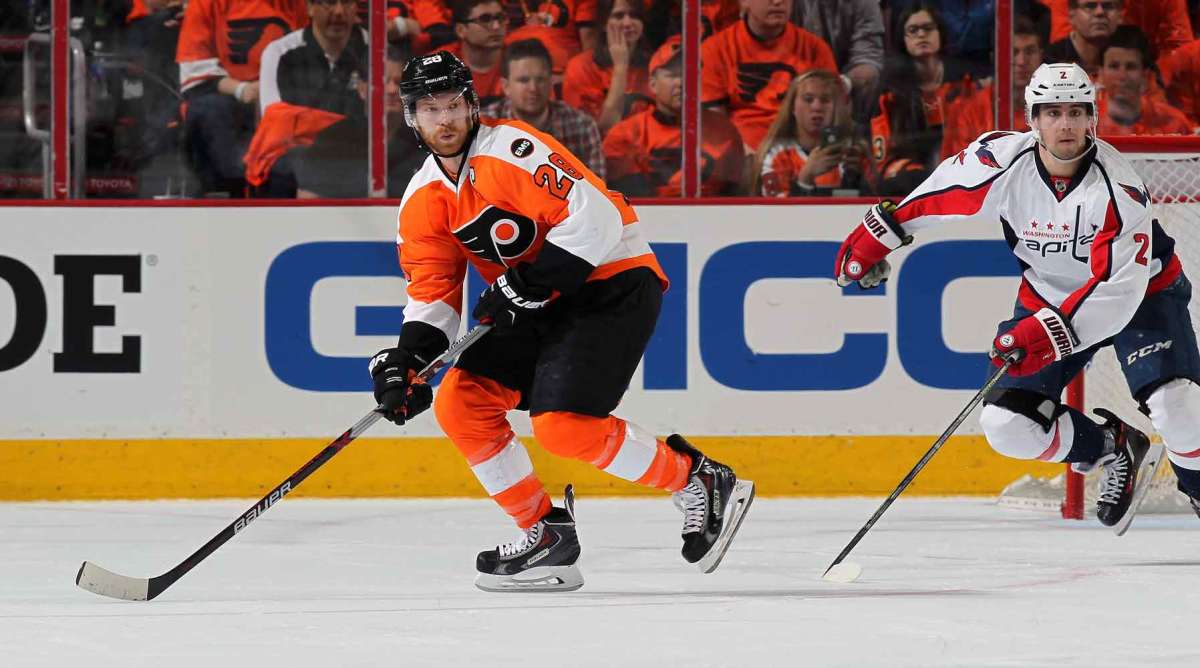
14. Claude Giroux, Flyers: We want to believe he can be better than this, but there’s reason for concern. Although he still led his team in scoring with 67 points, the fancystats (possession and zone entries in particular) show a player in decline. Giroux simply doesn’t drive the play like he used to, leaving nothing dominant about his game. He could still bounce back, but it feels like he’s sliding toward a supporting role.
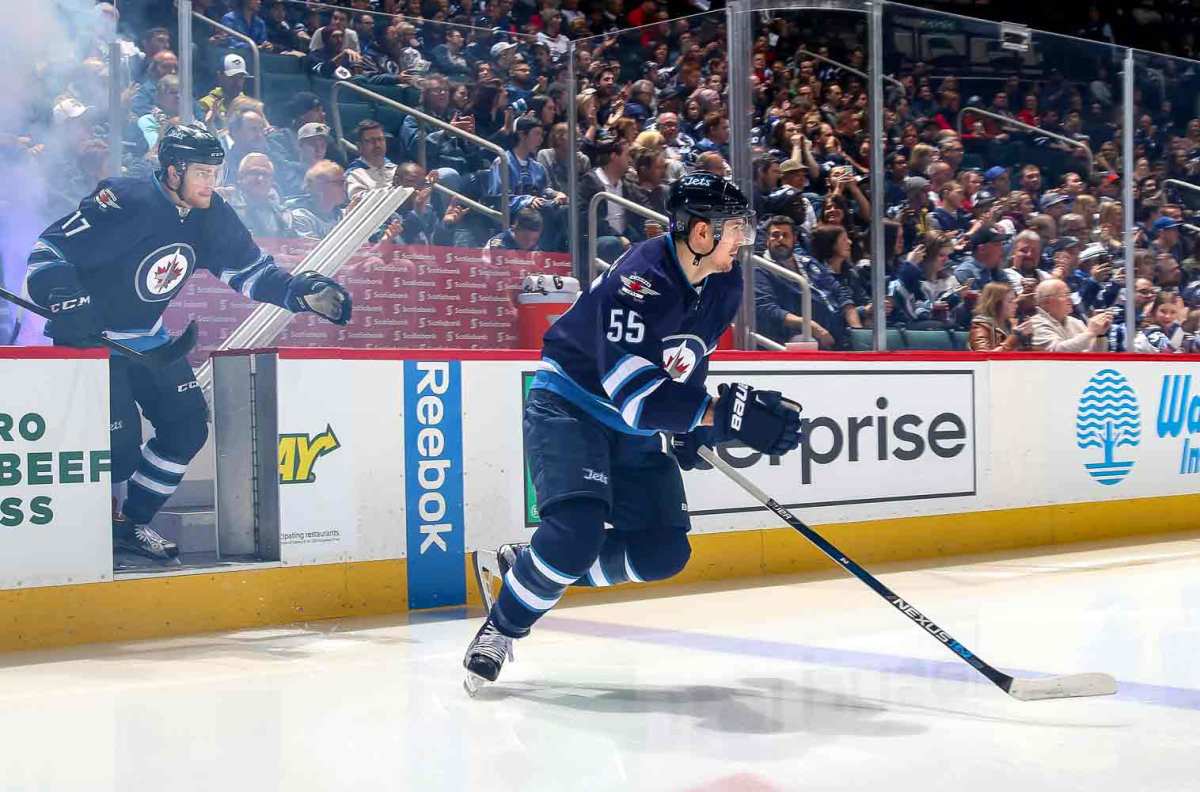
13. Mark Scheifele, Jets: When Bryan Little was sidelined with a neck injury on Feb. 18, Scheifele stepped into the No. 1 spot and never looked back. With his ice time bumped from 17 minutes per game to 20-plus over the final 26 games, he scored a remarkable 17 goals and 34 points (1.30 points per game). He’ll have a hard time sustaining that pace, but he looks like he’s ready for the job full time.
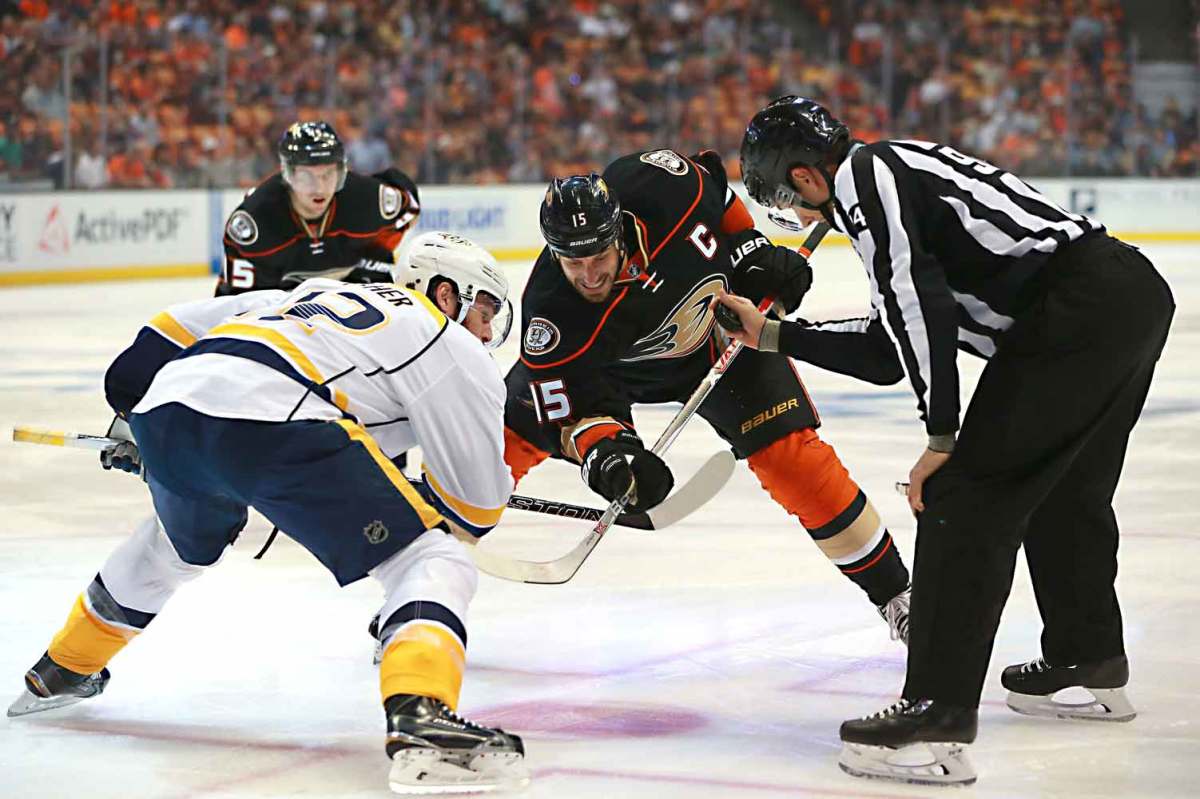
12. Ryan Getzlaf, Ducks: Even at 31, Getzlaf can still put up the numbers. He led Anaheim in points (63), assists (50) and plus/minus (+14), and finished second in power-play goals (6) and points (22) last season. And when the Ducks went on a season-defining 12–1–1 run in February, the captain led the way, scoring 20 points. He can still take charge of a game at will.
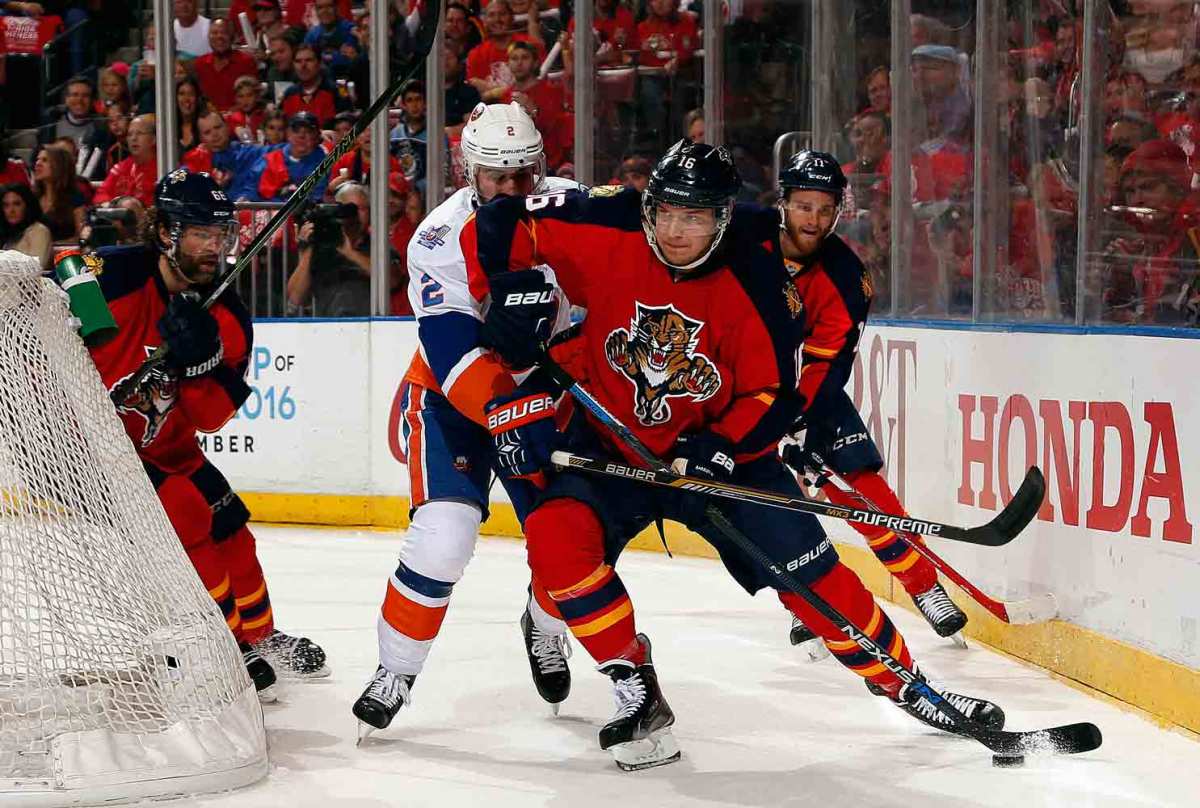
11. Aleksander Barkov, Panthers: Barkov set personal bests last season in goals (28), assists (31) and points (59) to help lead the Cats to a surprising division title. If he can improve his possession numbers and his success rate in the circle, he could take that next step in 2016–17.
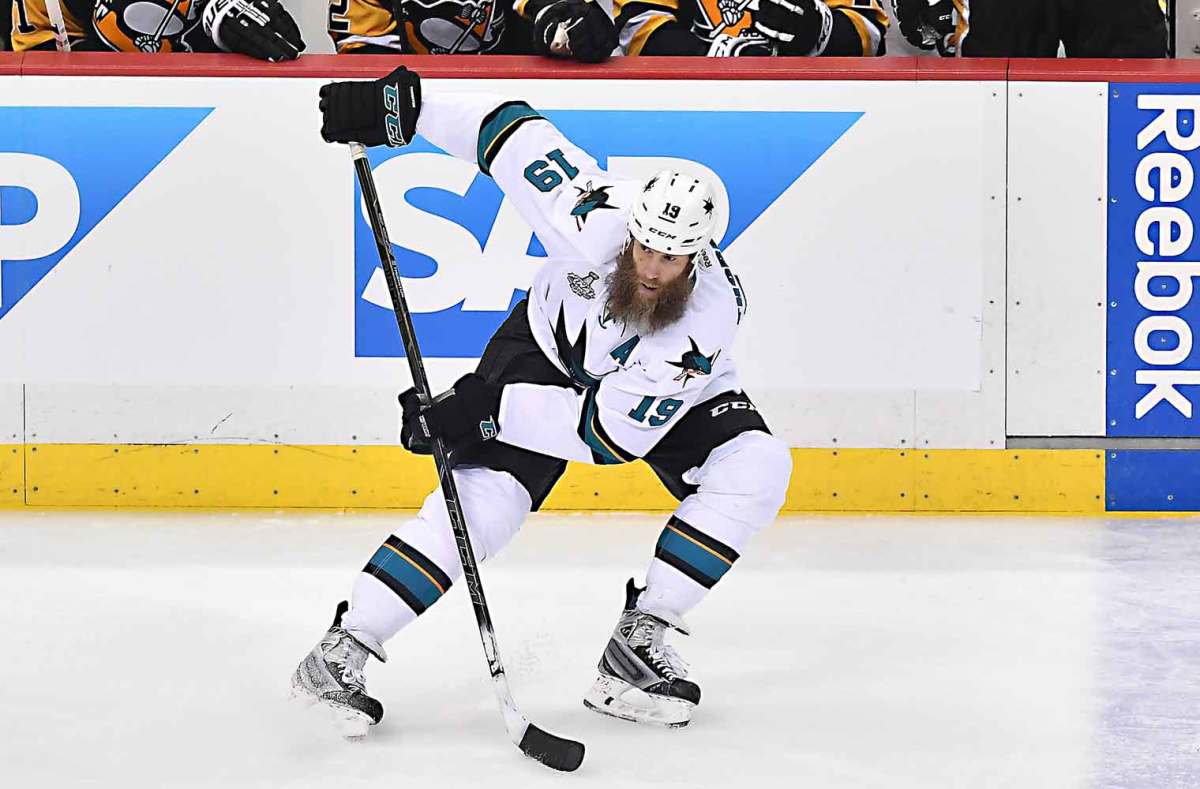
10. Joe Thornton, Sharks: It’s unfair to expect Thornton to put up another season like 2015–16: 63 assists, tops among centers, and 82 points, second only to Crosby ... but can we really rule it out? At 36, Jumbo played some of the best two-way hockey of his career, keying San Jose’s run to the Cup Final. His cerebral style seems to defy age, setting him up for another monster season.
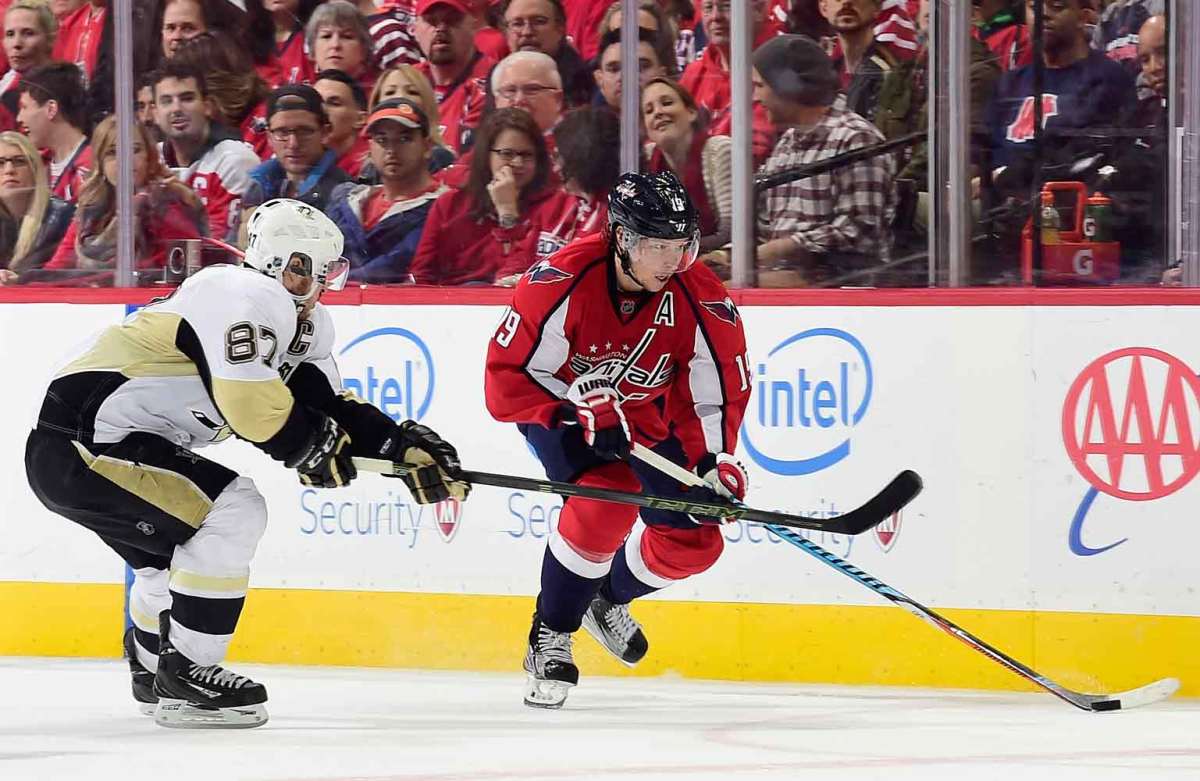
9. Nicklas Backstrom, Capitals: He might be higher on this list if he didn’t platoon the No. 1 job with the brilliant Evgeni Kuznetsov. Backstrom is one of the game’s elite playmakers, a key contributor to Alex Ovechkin’s seventh 50-goal season and the main reason Washington’s power play was the league’s most lethal last season. He’s also marvelously consistent, only once going more than two games without a point.
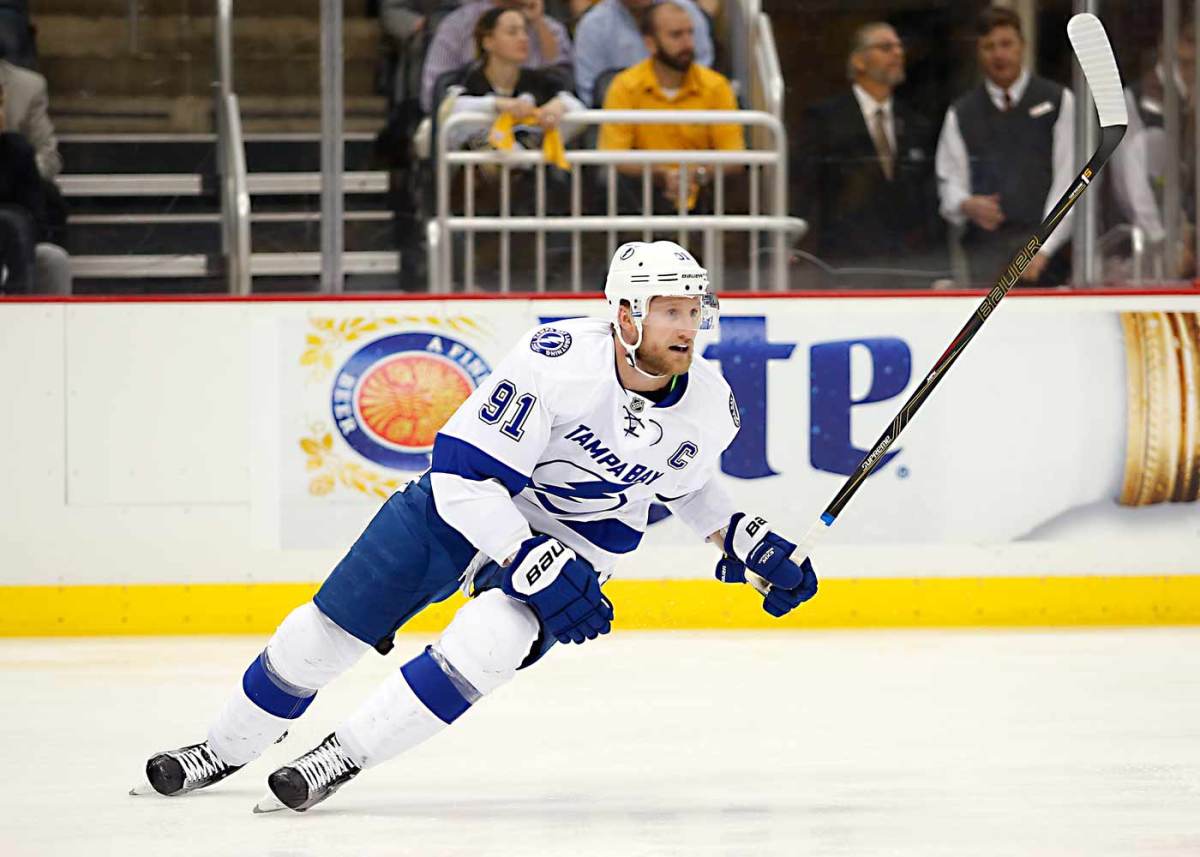
8. Steven Stamkos, Lightning: Playing a 1A role to Tyler Johnson’s 1B, Stamkos remains a dangerous attacker—his 36 goals tied him with Crosby for most by a regular center—but he’s not quite the game-breaker he was before breaking his leg a couple years back. Still, he’s a player whose presence on the ice signals the potential for magic at hand.
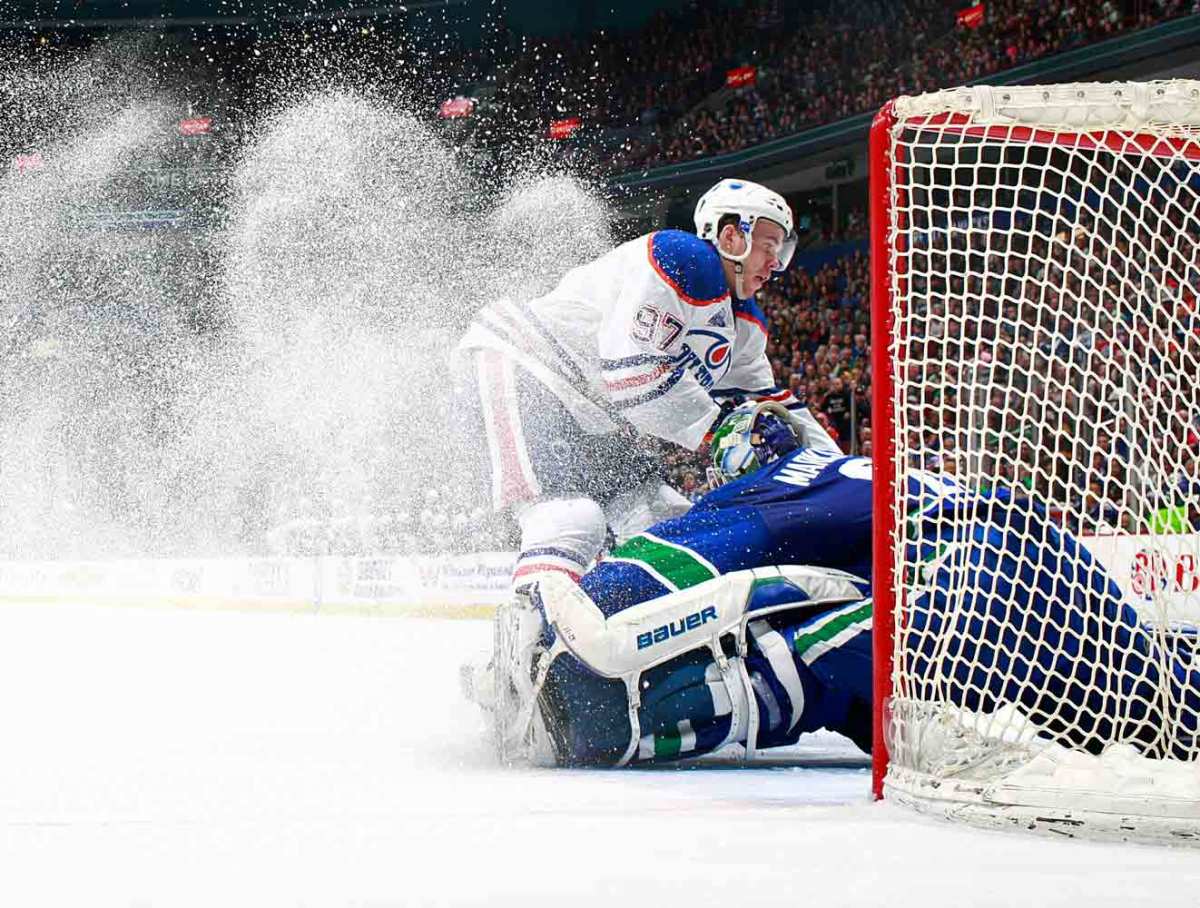
7. Connor McDavid, Oilers: Too high on the list? If anything, McDavid is too low. The teenage phenom was brilliant in his injury-abbreviated rookie campaign, posting the third-highest points-per-game average (1.07) in the league, trailing only Patrick Kane and Jamie Benn. Healthy, and with a deeper supporting cast in Edmonton, McDavid could challenge for the scoring title ... and maybe even power the Oilers into the playoffs.
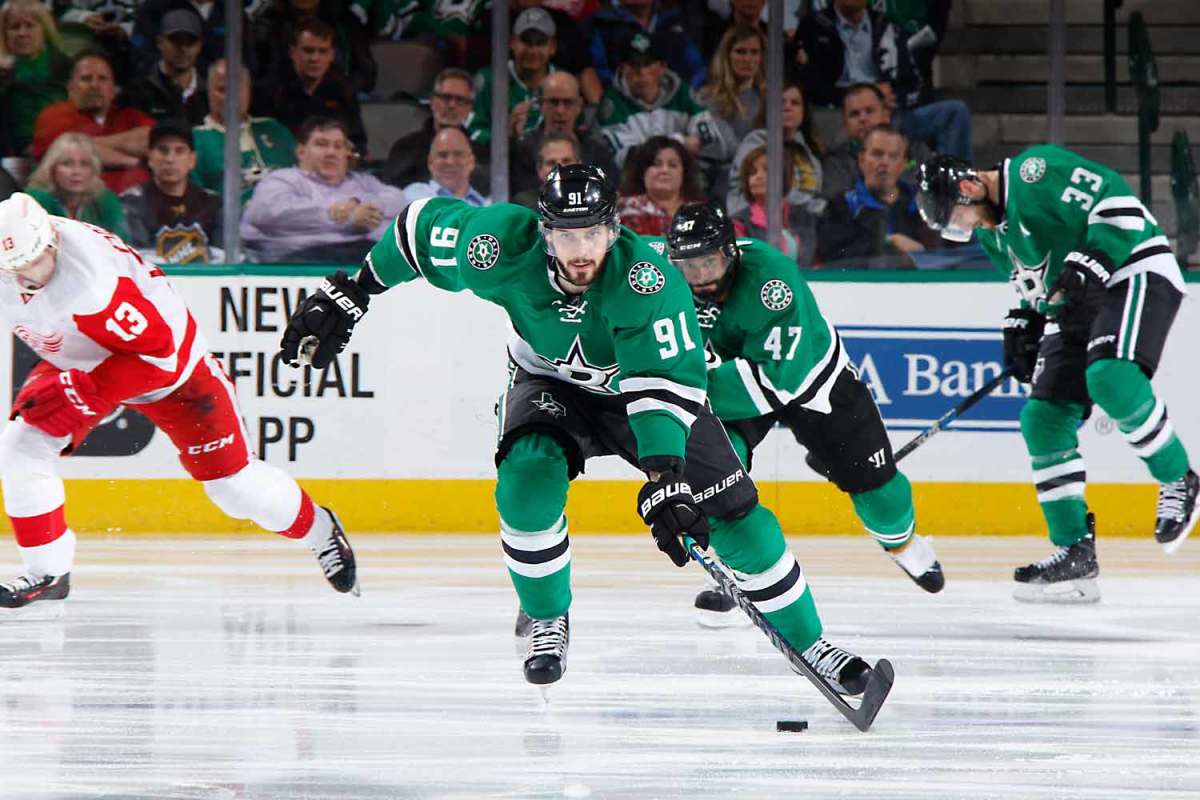
6. Tyler Seguin, Stars: One of just five centers last year to average at least a point per game, Seguin is firmly established as one of the game’s most explosive offensive weapons. He’s a threat to win the scoring title—if he can avoid his annual late-season injury—and should continue to improve away from the puck. A run at the Hart Trophy isn’t out of the question.
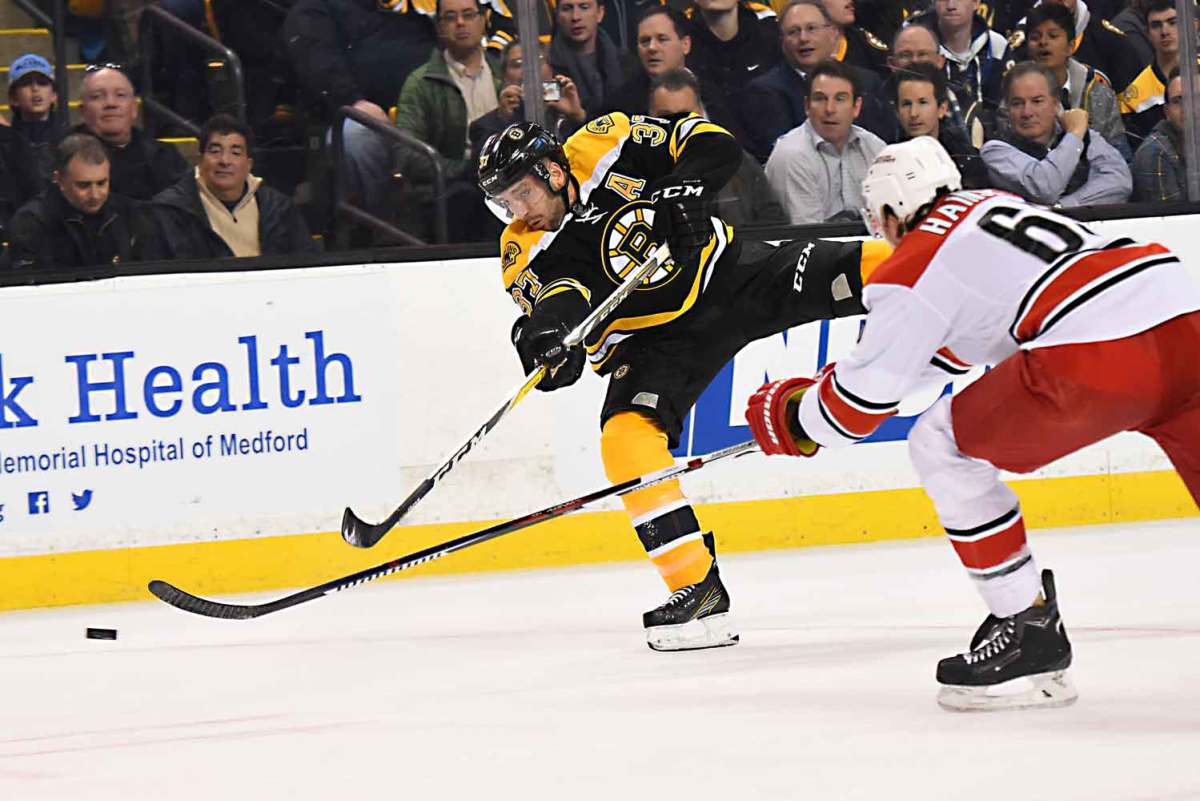
5. Patrice Bergeron, Bruins: A player’s player, Bergeron simply does everything the right way. He dominates in the circle, is a beast in his own end and drives possession like few can. He may be in tough to top his career-high 32 goals in 2016–17, but he’s sure to wind up in the mix for the Selke as the league’s best all-around forward.
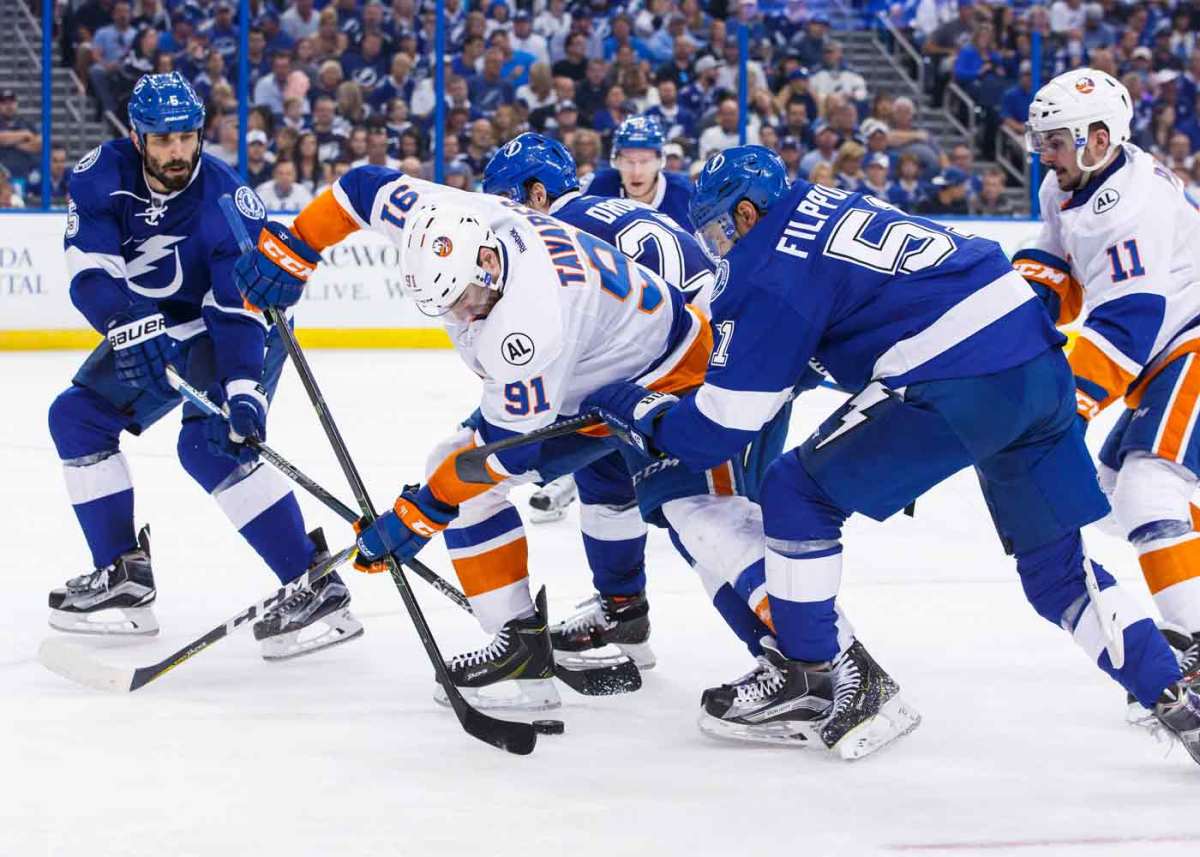
4. John Tavares, Islanders: With so many lineup changes, this feels like a transitional year for the Isles ... and that means the pressure is on Tavares to lead the way. At 25, he’s in his prime, and should enter this season with a determination to avoid the dry spells that plagued him last year. An Art Ross win is within his reach.
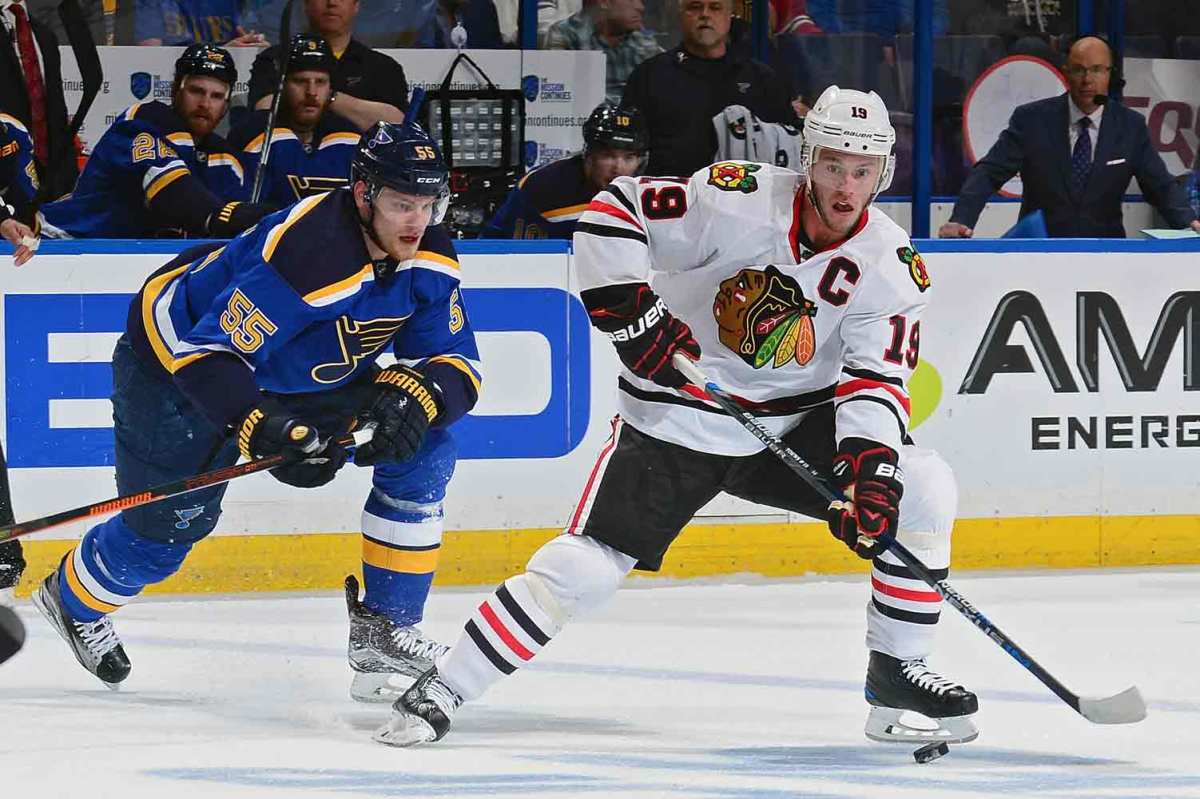
3. Jonathan Toews, Blackhawks: Like Anze Kopitar, Toews is the gold standard by which all other centers are measured. He’s effective on the attack (look for an improvement on last year’s 28–30–58 totals) but it’s everything else he does that defines his effectiveness. Toews fuels the Hawks with his work in the circle (a league-best 58.6% faceoff percentage) and his relentless effort without the puck.
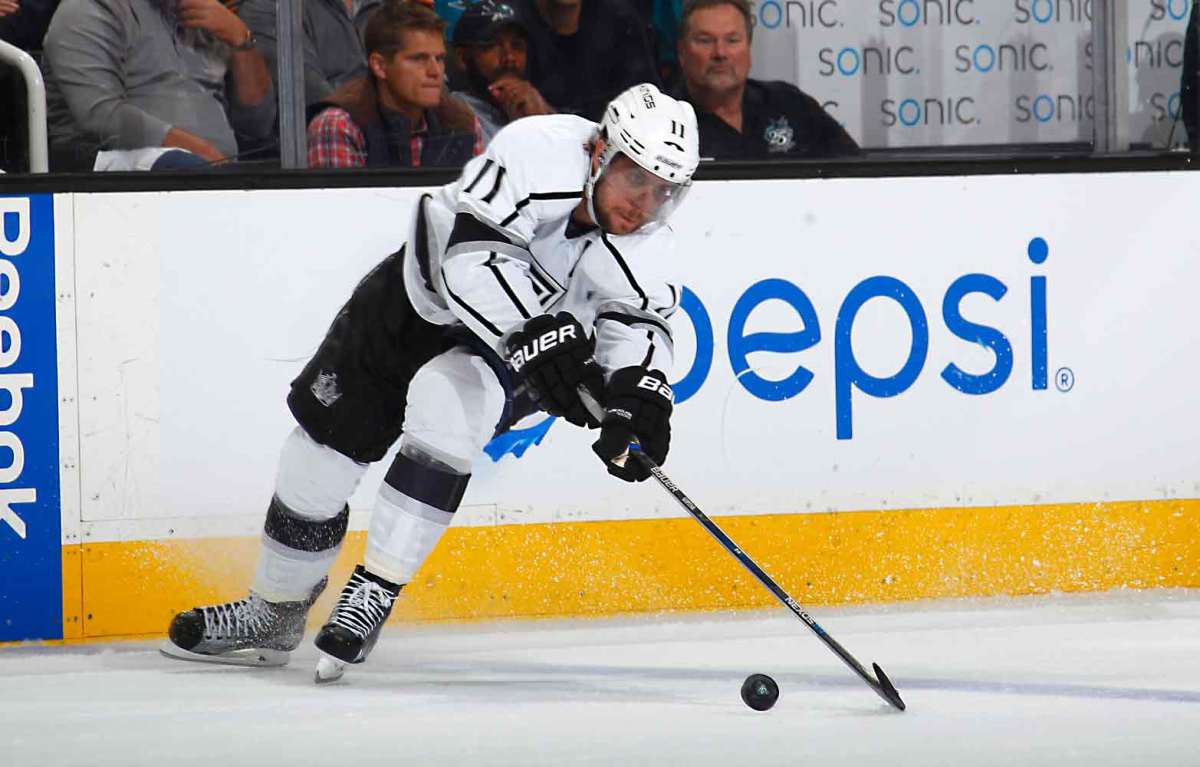
2. Anze Kopitar, Kings: Kopitar took more starts in his own zone than any other forward and yet managed to lead the Kings in scoring for the ninth year in a row. No wonder he finally broke through and picked up his first career Selke as the league’s top defensive forward. At 29, his game continues to evolve, setting him up for even greater success in 2016–17.
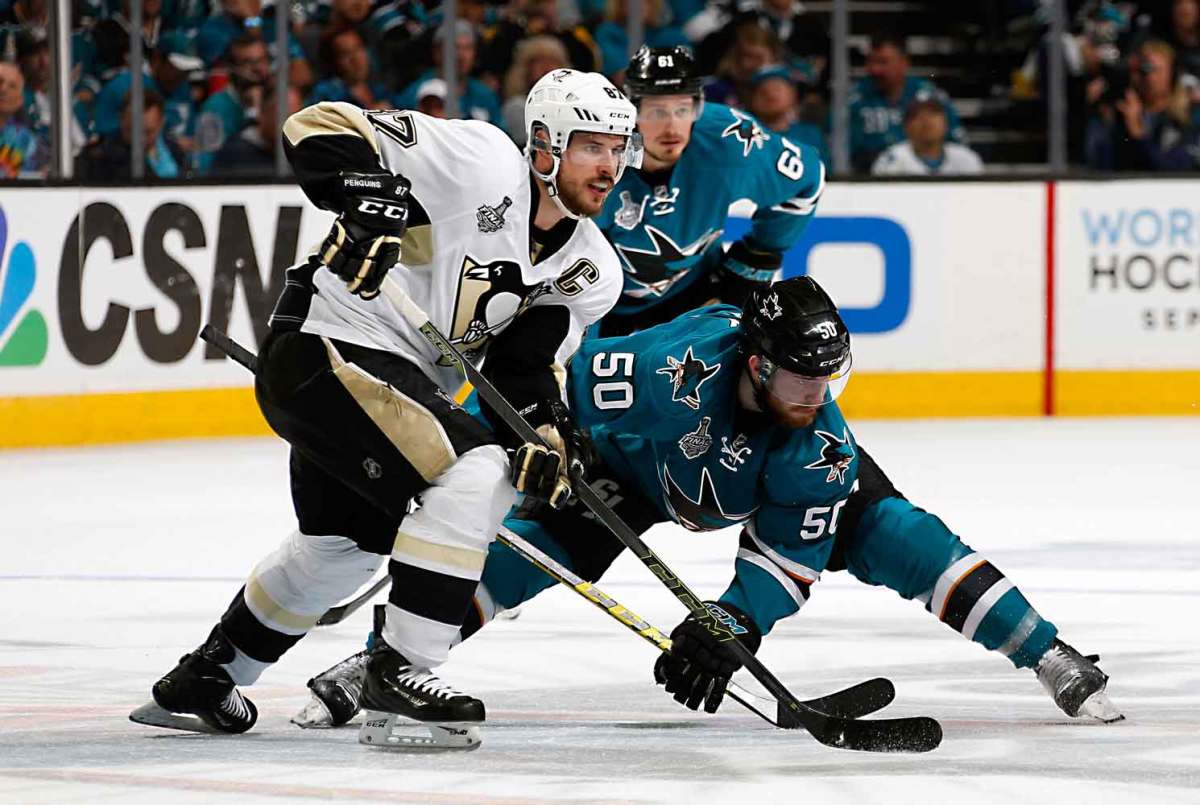
1. Sidney Crosby, Penguins: Funny the difference a coaching change can make. Just last Christmas we were wondering if Crosby’s struggles hinted at a career in decline. Then Mike Sullivan came in, took the yoke off his back and let Sid be Sid. He closed the season with 58 points in his final 44 games to finish third in the scoring race, then capped it all off with the Conn Smythe after leading the Pens to the Stanley Cup. No one’s questioning the world’s best player anymore.
The off-season individual work, the hours you put in at the gym, is for the team as well. If you don’t keep yourself strong and your skills at a high level, you’re not being accountable to the guy next to you. We have a great group and mostly everyone is returning from last season. Some Cup teams get broken up because of the salary cap, but we’ve been fortunate to maintain much of the same group that played so well together in the spring.
Naturally, winning the Stanley Cup is the hardest thing to do in this sport. The six years of postseason disappointment between 2009 and last season were a good example of that taught me that.
Still, this year’s team has as good a chance as anyone. There’s a lot of belief in our dressing room and a confidence that we all know our roles and how to play together. We know it’s going to be tough. There’s a reason no one has gone back-to-back in almost 20 years. Everyone is gunning for you and over an 82-game season and four rounds of playoffs, it’s hard to keep winning. Rest assured — even if the doubts creep back in — we’ll do our best to try to make it happen.
I don’t want the first half of last season to happen ever again. I want the second part. I want to keep the Cup.
